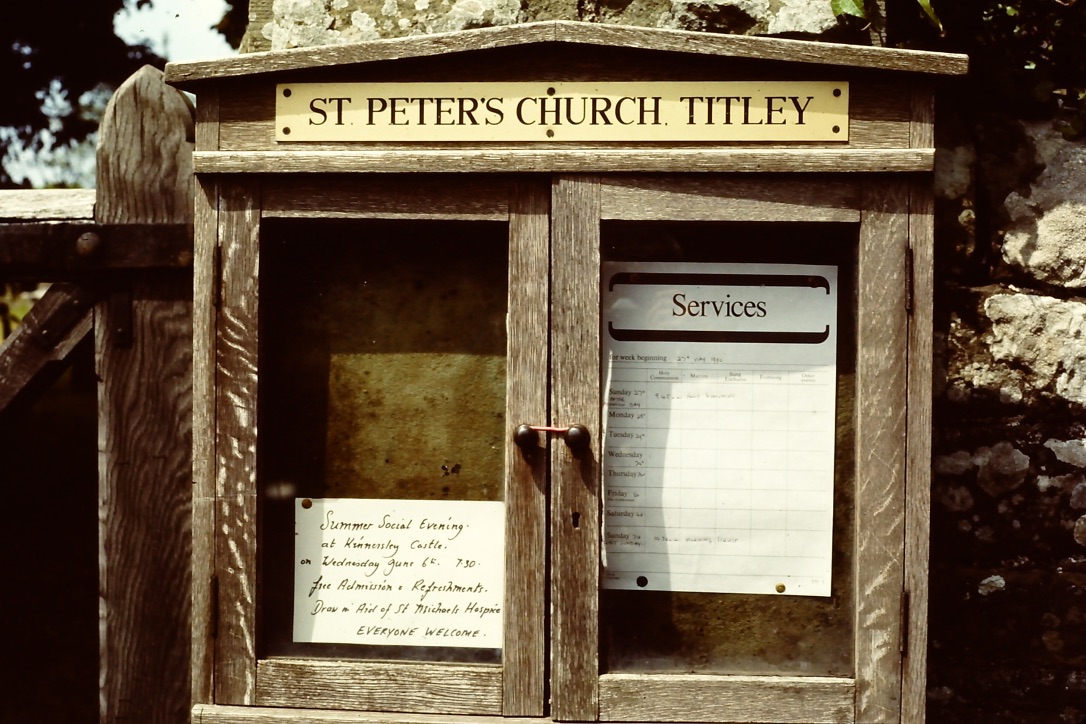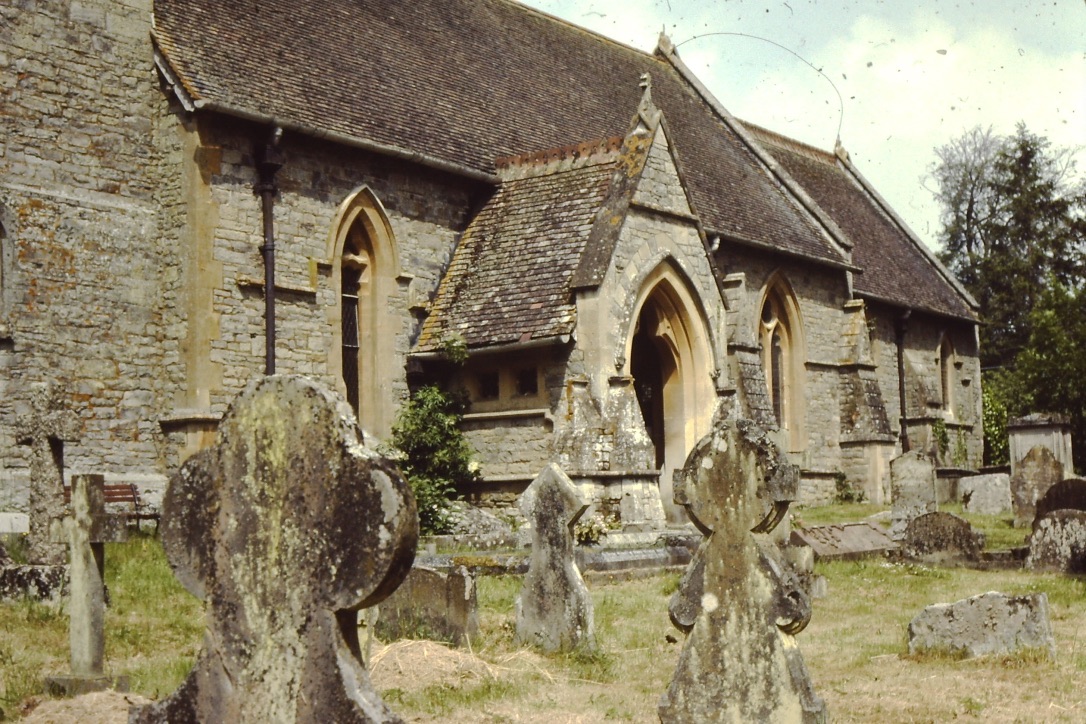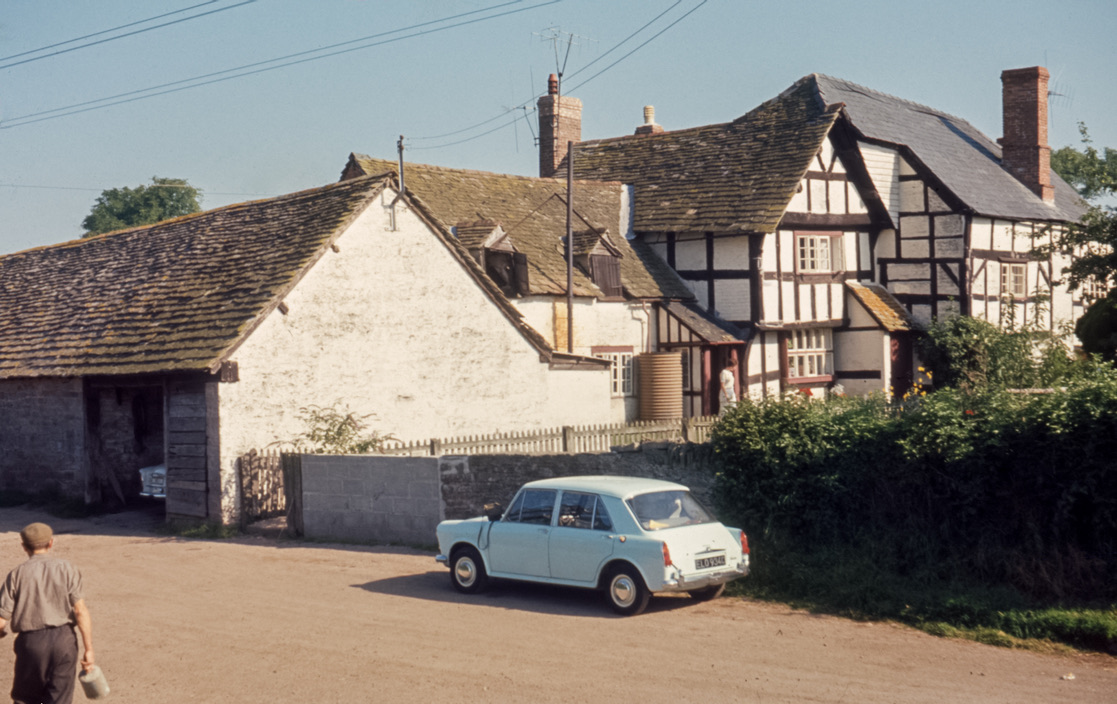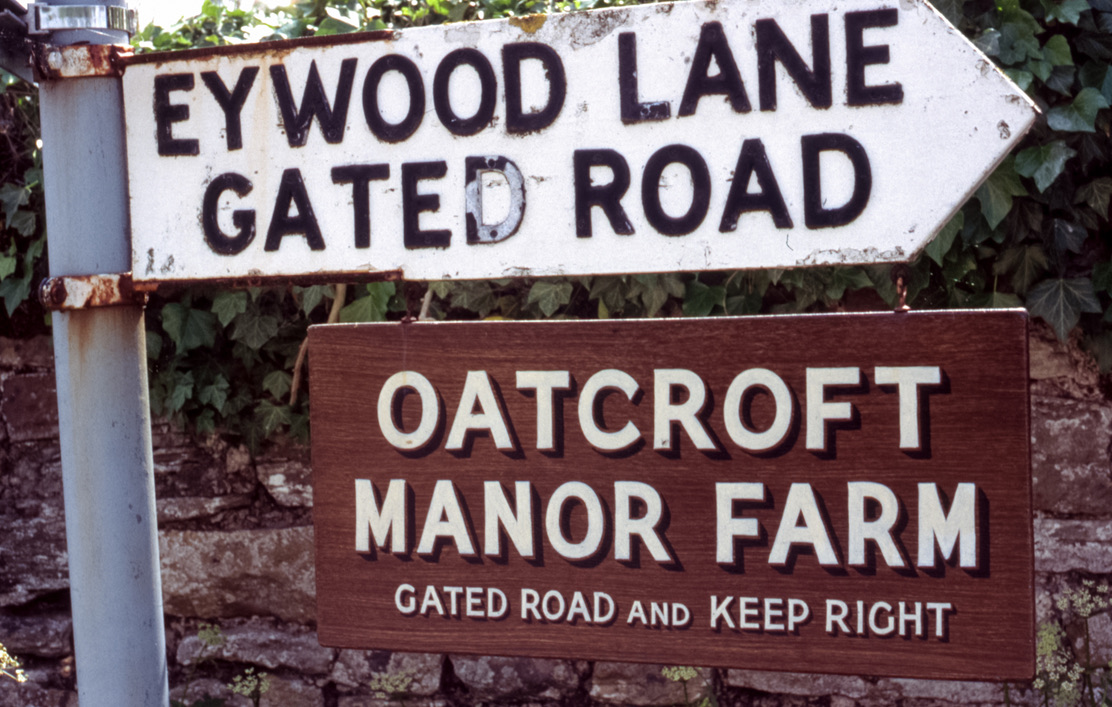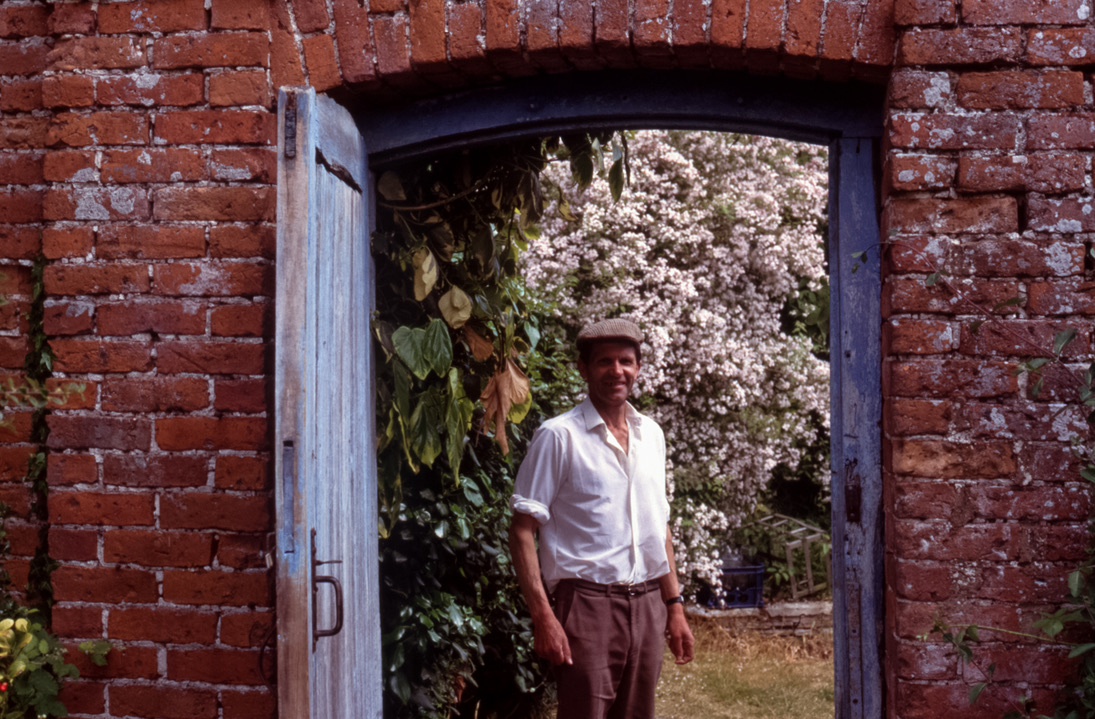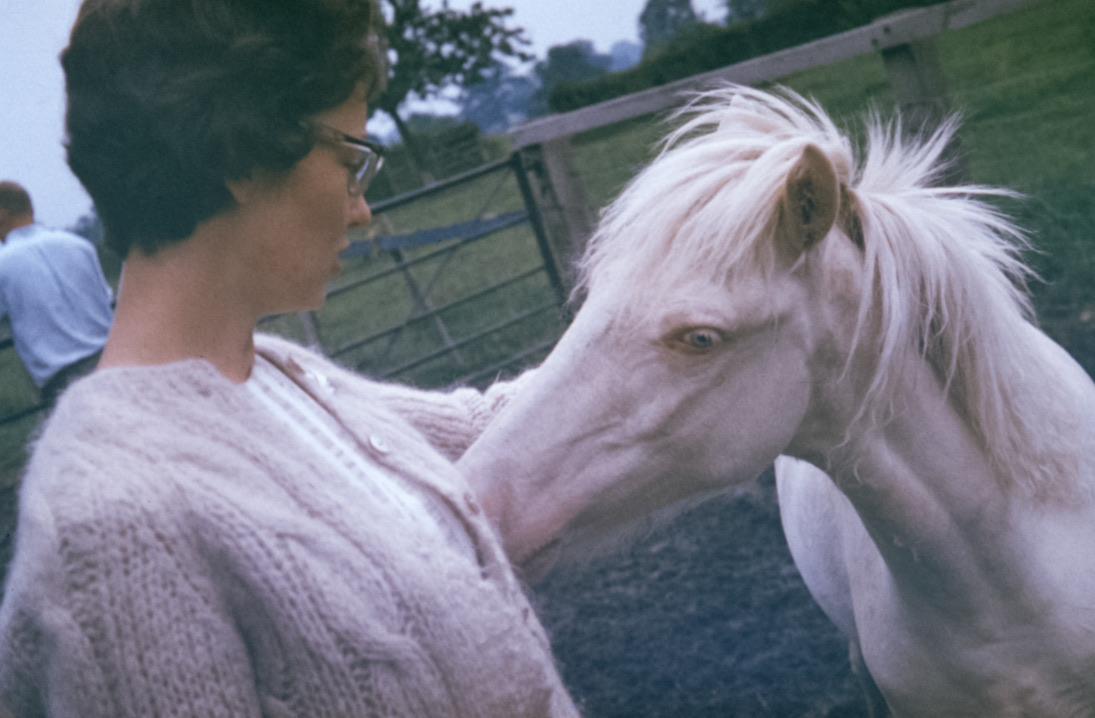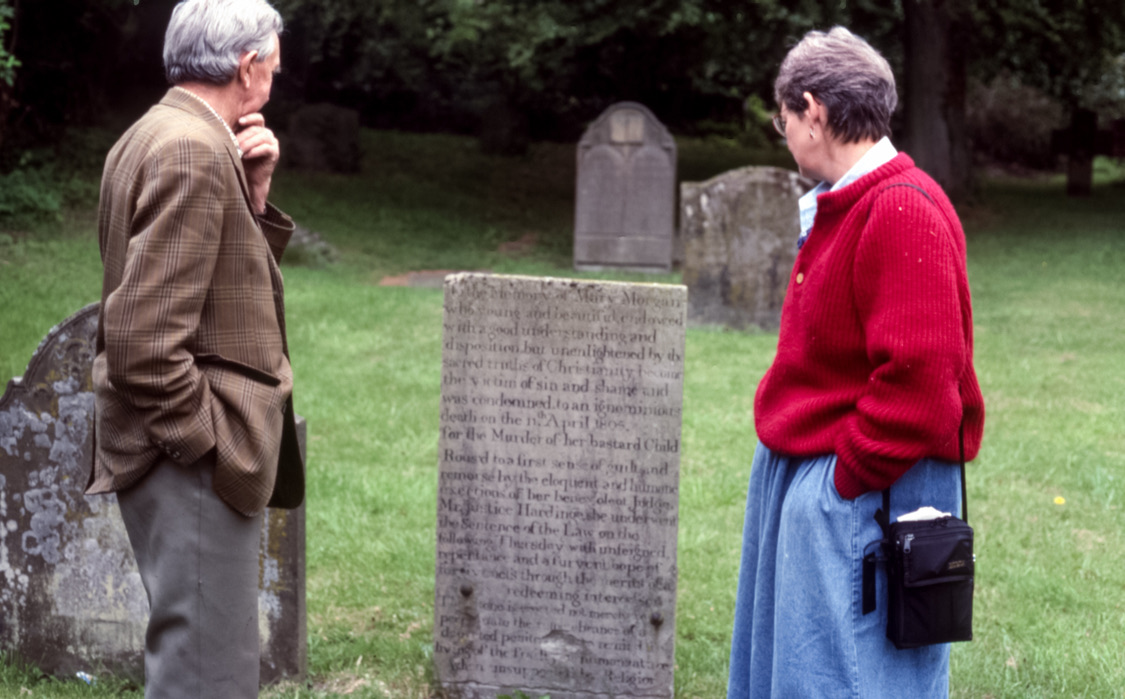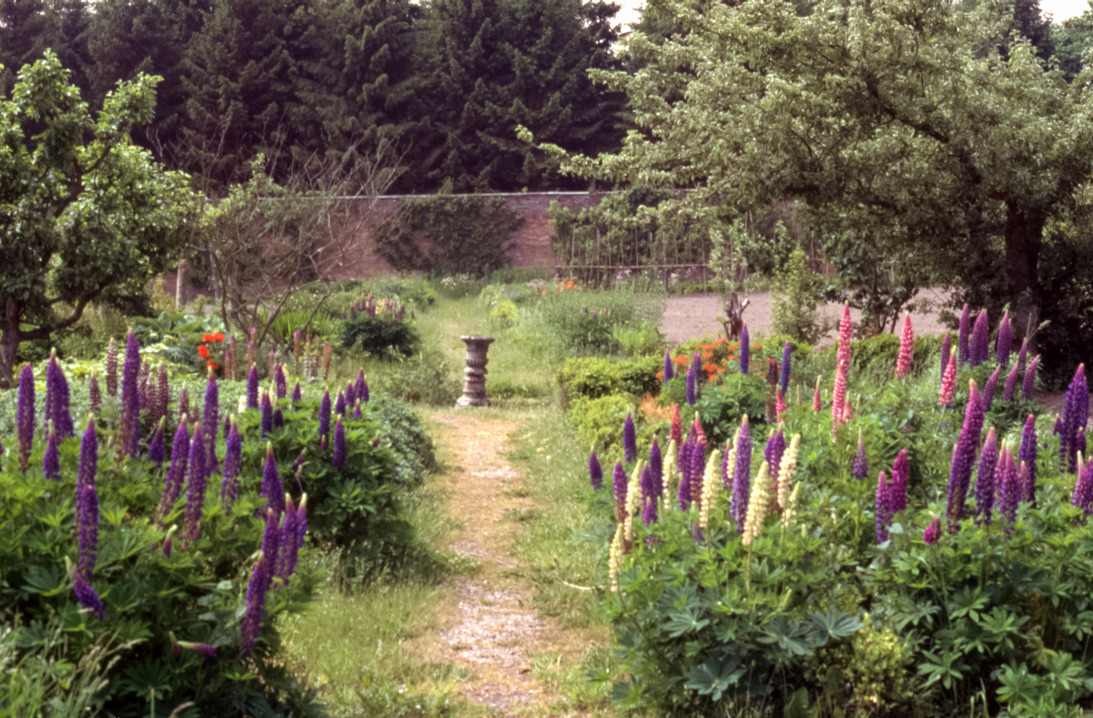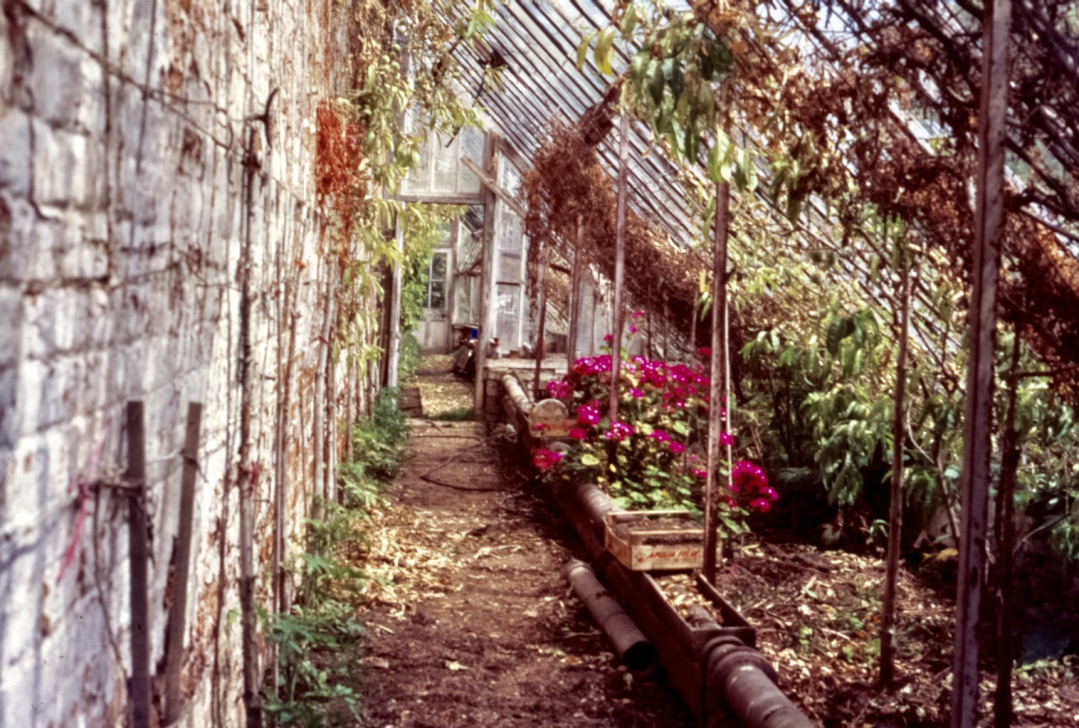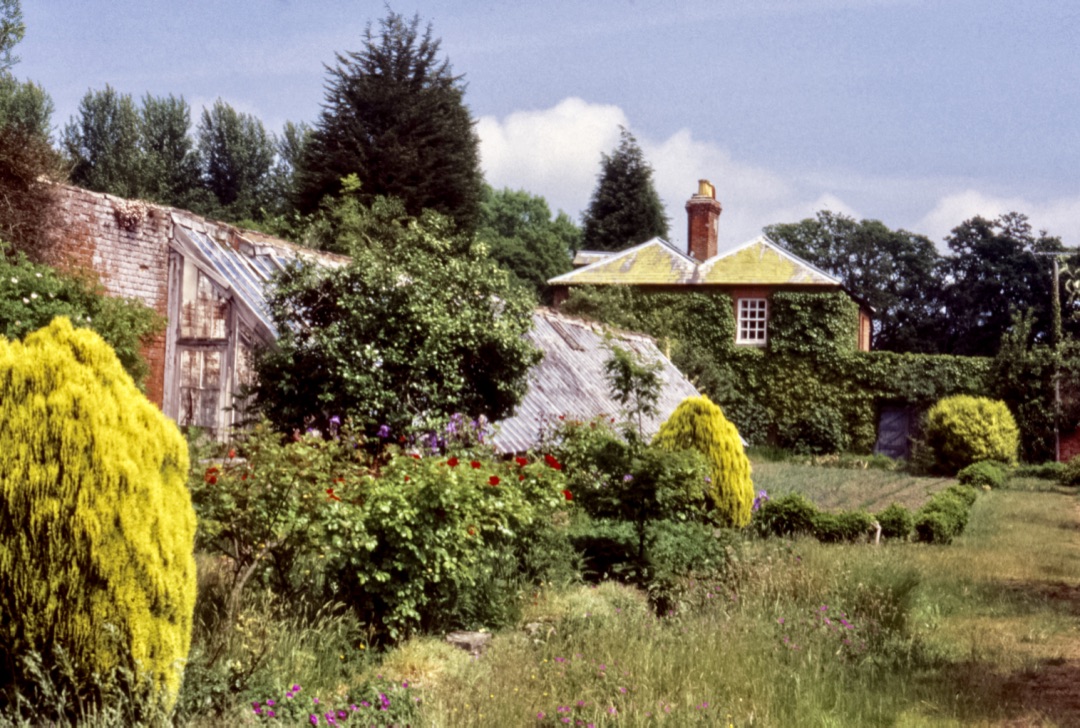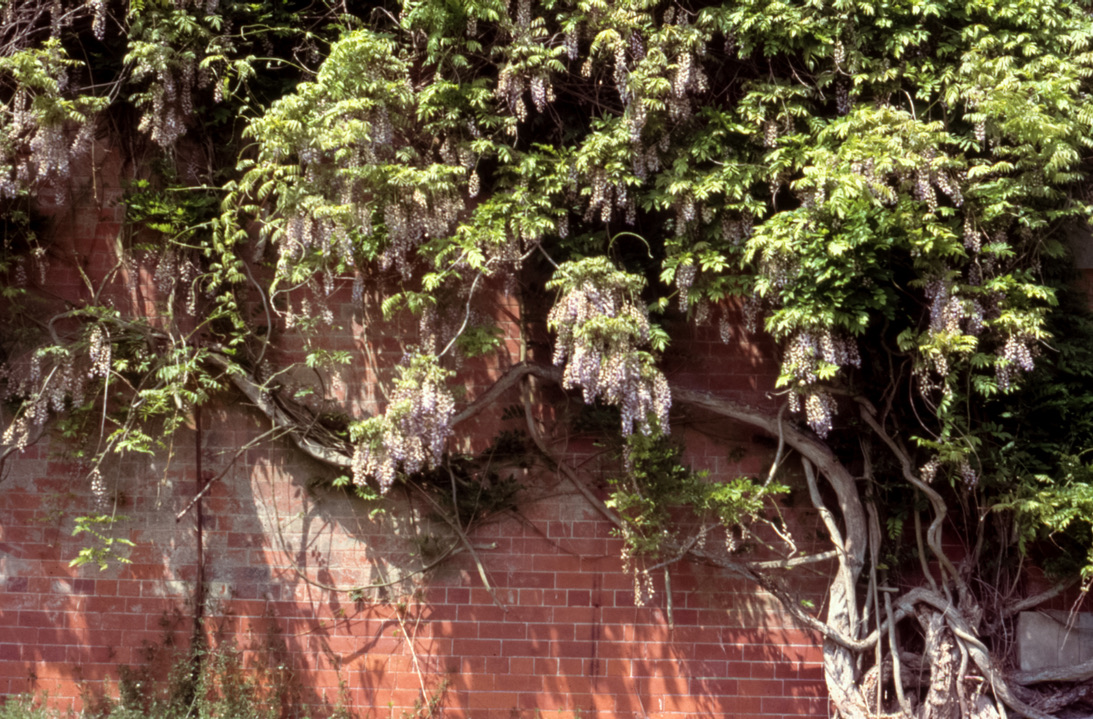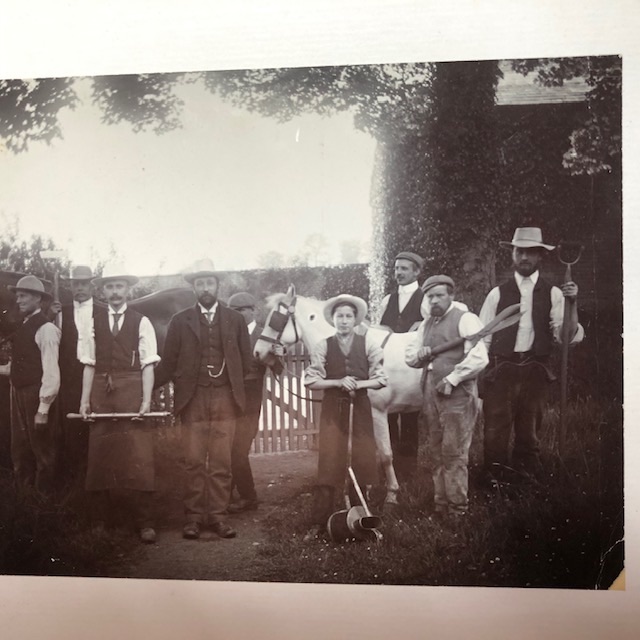Note: I feel this story is a little too ego centred….i.e. family history…but there could
be universal interest because it captures a place and a time that is long gone.
EPISODE 515 LOWER WOOTON FARM, 16TH CENTURY, HEREFORDSHIRE, ENGLAND (CYRIL AND NANCY GRIFFITHS 1960 AND 1965)
alanskeoch
Jan. 18, 2022
Nancy and Cyril Griffiths in 1960
FINDING EYWOOD IN 1960 ALONE
A stroke of good luck happened in Sept. 1950 as I stood befuddled on the rail platform in Hereford,
England. I had no idea where Lower Wooton Farm was located. None whatever. All I had was
the name of the farm and the name of the farmer…Cyril Griffiths.
A decent bank manager noticed my confusion and asked if he could help me. By then the platform
was empty.
“Yes, have you ever heard of Lower Wooton Farm?”
“Indeed, yes, Cyril and Nancy Griffiths are the farmers. I am the
local bank manager.”
“Is Lower Wooton Farm nearby?”
“No, it is some distance away. Near Kington. Can I give you a lift?”
And so we drove down narrow country lanes with high hedges on each side.
Roads for carts and horses in ancient times. Single lane most of the way.
right to left: David, Nancy, Cyril Griffiths, Poly seated, unknown guest on right. 1960
“Here we are.”
“What a beautiful house…ancient.”
“16th century…designated…owned by local county council…rented.”
And all the stories you have read about Eywood, gardening, Capability Brown, Edward Freeman…owe
much to that bank manager’s kindness. And, of course, the warm greeting I received in 1960 from the Griffiths
family who seemed to know more about me than I knew about them because my grandmother, Louisa
Freeman, had been sending letters back and forth for decades. Letters were sent to Polly who was either a distant
relative or somehow connected with Eywood Court when it was a grand county house rather than a pile
of smashed up bricks with the stubs of wall standing as if in an abandoned cemetery.
So today our story features LOWER WOOTON FARM…full of life and joy on my first visit in 1960 and
my second visit in 1965 when Marjorie, my brother Eric and I dropped in.
RETURN TO EYWOOD IN 1965…WITH MARJORIE AND ERIC SKEOCH
WE decided to return to Eywood in 1965. By then I was happily married to
Marjorie and both my brother and I were teaching history at Parkdale Collegiate
which meant we had free time in the summer of 1965. For some silly reason
I believed the propaganda that it was possible to tour England ‘On Five Dollars
a Day’…a belief that was false but we managed OK.
One of our first purchases at the Portobello Road Antique Market in London
were these two bowler hats (below). Some character behind a loose board fence
offered us the bowlers for five or ten bucks each. We bought them. Mine had Harold McMillan’s
initials inside. Stolen? Maybe. Made us Begin to
look like British toffs.
Bowler hats were no use to us the moment we turned in to Lower Wooton
Farm.
“Alan, Eric… just in time … I need help with a cow….breached birth.”
“Time to change clothes?”
“No time for that…could lose the calf.,,,I’ll reach inside and attached the rope.”
“Where should we be?”
“Where the rope ends. Pull when I say…pull steady and firm…do not jerk the rope””
“Timed to her contractions.”
“Yes, Pull, now…slow and steady….she will help.”
“It’s coming…feet first….not good.”
“BOOM! Out came the calf. Once clear of the cow the
calf and afterbirth flew through the air and landed on
Eric ..his only set of good clothes.
I can’t remember whether the calf lived or died. I think it was dead
but that happened a long time ago…57 years ago.
Eric Skeoch and Cyril Griffiths moving loose straw to make room for wagon load of bailed hay. The calf landed about
where Eric is standing. We now know how to handle breached births just like the vet in Creatures Great and Small by Harriott.
Wwe lived well in Herefordshire….not sure this was taken at Lower Wooton Farm..may
have been taken in the kennedy house in Ireland. No matter. Marjorie’s smile is indicative
of just how we awee received in both England and Ireland.
This ram believed he was a cow. When it was time for milking he wandered into the dairy barn and lined up
with the cows. Cyril gently led him out.
EPISODE 515 LOWER WOOTON FARM, 16TH CENTURY, HEREFORDSHIRE, ENGLAND (CYRIL AND NANCY GRFFITHS 1960 AND 1965)
Marjorie in 1965 petting the ram who thought he was a ow…and nuzzled by the Welsh pony who
was also a member of the family.
Two chickens had their lives shortened…Marjorie and Nancy plucking feathers. Note taps….water system considered
an ‘add on’ to 16th century house…so pipes on surface. Floors all seemed to have angle to them…not flat. Charming house.
Cyril and Nancy Griffiths on my first visit in 1960. Nancy trained border collies for shepherds…dogs responded to her voice…rounded
up sheep. We went to several dog rials which were amazing. The dogs were smarter than most humans, including ourselves.
This was the farm the Griffiths had rented from the estate…when sold they
moved to Lower Wooton Farm…much smaller but big enough for dairy cattle…
This portly gentleman had just visited Askrig where All Creatures Great and Small was filmed.
He was hoping to be hired as an ‘extra’ to give mood to the movie set. No deal.
He regrets he was not present when Eywood was sold back in1954. Photo was taken beside
farm barn at Lower Wooton Farm…really Alan Skeoch but looks like a local person I think…
In the 1960’s and 1970’s the Griffiths family farmed Lower Wooton Farm snd lived
in this 17th century building which had to be kept looking as ;if it had stepped out of the past.
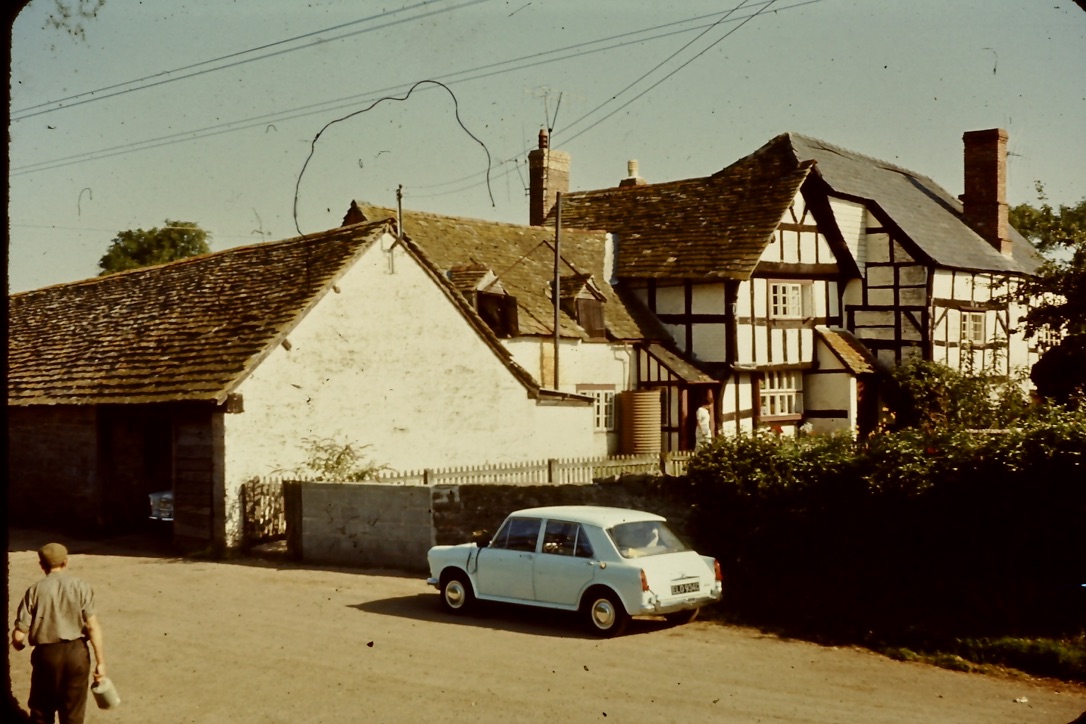
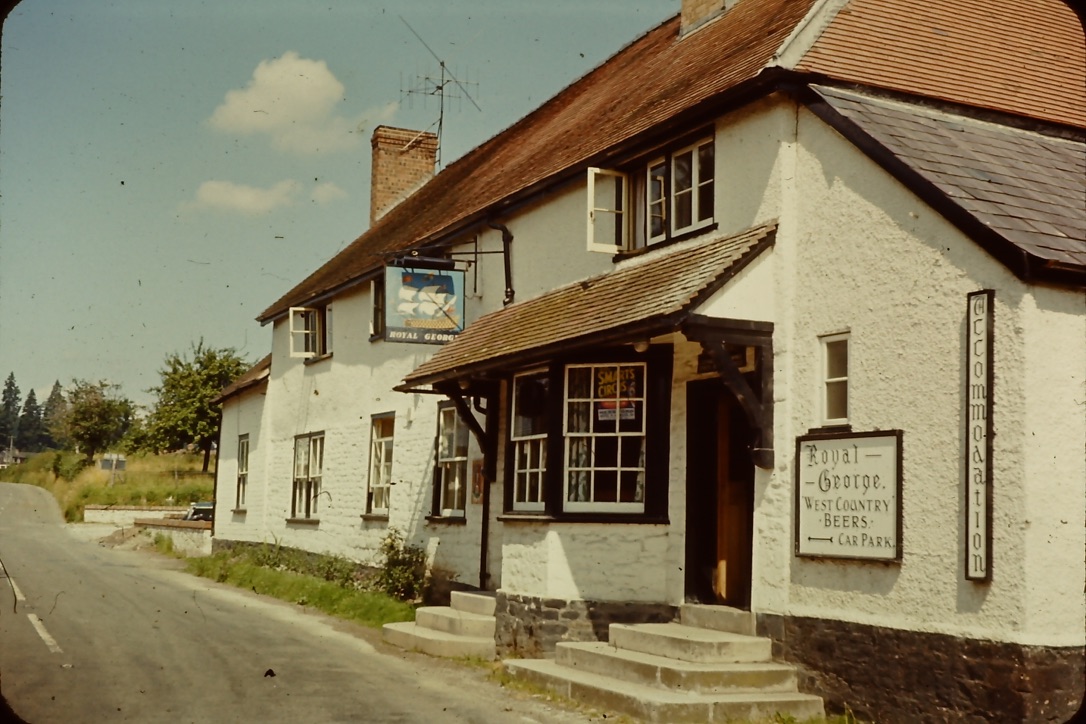
\
The Royal George … a pub in tiny village of Lyonshall was once home to the Freeman family…10 kids…not a happy time it seems.
A few years ago Found a post card sent from Canada to Freeman boys and girls…granddad urged
them all to come to Canada just to get away from their father. Granddad loved his
mother but did not have a good word to say about father. Enough said. Chris, Cliff and Anna all migrated to Toronto, Canada, Others
remained and are unknown to us now.
(see progeny pic in next episode if you wish)
St Peter’s church…centre of Titley Village at entrance to Eywood…historic
The Gardener’s cottage where mom, Elsie Freeman was born in 1901…house came with job of being
head gardener. Grandma and granddad lived in far less sumptuous homes in Canada. Were they
disappointed? Never said so.
Tag in Eywood Gardens ….nectarines planted by Edward Freeman…espalier system.
Percy, may have been the little boy in picture of gardeners….bought walled gardens at sale…gave us a giant clay flower pot
which we brought to Canada as oversize luggage.
Nancy Griffith’s pony….best not to make comment
Dairy herd….not Cyril’s but herd we met on a farm lane near Cyril home.
Terrible story of young woman whose death was associated with illegitimate birth of child…I forget the exact circumstances
which are incised into the tombstone. If you have time you might decipher…
Another shot …different year at Eywood Gardens
My favourite picture of the gardens at Eywood Court…gardener’s cottage, glass house attached to bricked garden wall, decorative
plantings gone a bit wild, small kitchen garden nicely weeded.
Cyril Griffiths…always made us feel wanted. We visited Eywood several times at closing years of 20th century. always a joy.
Just looking in Cyril’s eyes eveals how warmly we always received.
Next story will overlap with this story….focus on head gardener Edward Freeman, my
grandfather who I never really knew until he was gone.
The story may remind you of your own grandparents.
alan
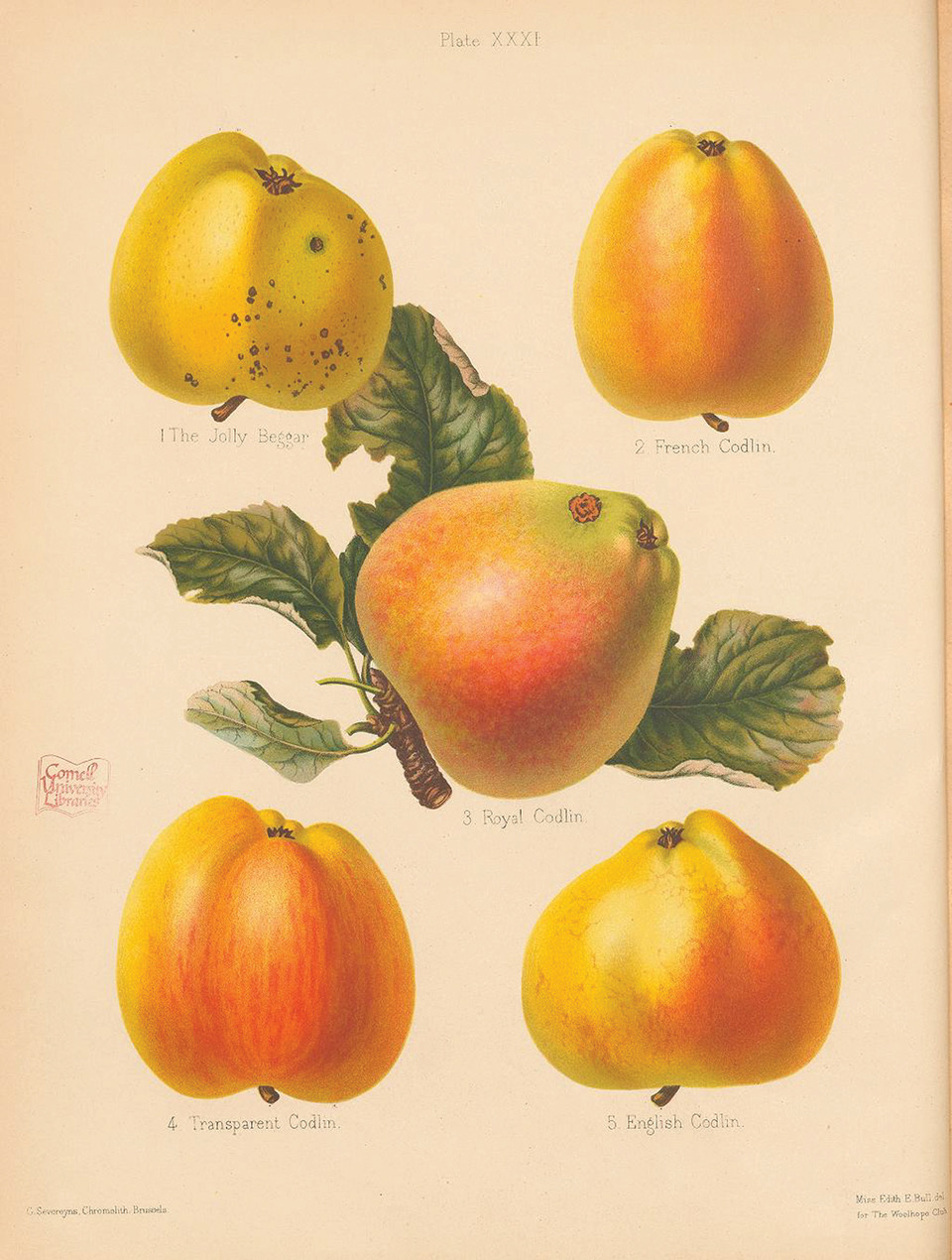
 blog.biodiversitylibrary.org/wp-content/uploads/sites/4/2018/06/12-229×300.jpg 229w, blog.biodiversitylibrary.org/wp-content/uploads/sites/4/2018/06/12-586×768.jpg 586w, blog.biodiversitylibrary.org/wp-content/uploads/sites/4/2018/06/12-781×1024.jpg 781w” sizes=”(max-width: 450px) 100vw, 450px” apple-inline=”yes” id=”968BFFCF-C054-4FD4-92DD-9228EF2B9129″ src=”http://alanskeoch.ca/wp-content/uploads/2022/01/12.jpg”>
blog.biodiversitylibrary.org/wp-content/uploads/sites/4/2018/06/12-229×300.jpg 229w, blog.biodiversitylibrary.org/wp-content/uploads/sites/4/2018/06/12-586×768.jpg 586w, blog.biodiversitylibrary.org/wp-content/uploads/sites/4/2018/06/12-781×1024.jpg 781w” sizes=”(max-width: 450px) 100vw, 450px” apple-inline=”yes” id=”968BFFCF-C054-4FD4-92DD-9228EF2B9129″ src=”http://alanskeoch.ca/wp-content/uploads/2022/01/12.jpg”>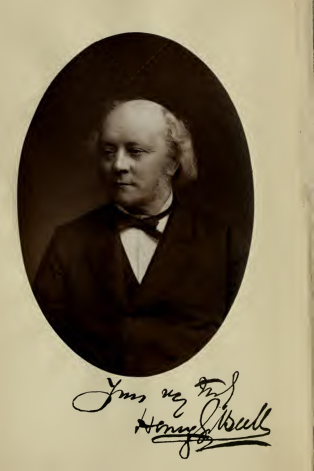
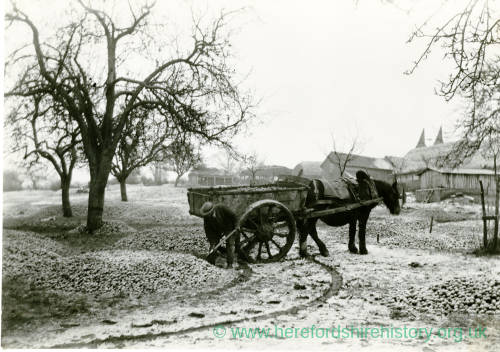
 olddesignshop.com/wp-content/uploads/2014/07/OldDesignShop_HorseAppleCart-1024×709.jpg 1024w, olddesignshop.com/wp-content/uploads/2014/07/OldDesignShop_HorseAppleCart.jpg 1468w” sizes=”(max-width: 300px) 100vw, 300px”>
olddesignshop.com/wp-content/uploads/2014/07/OldDesignShop_HorseAppleCart-1024×709.jpg 1024w, olddesignshop.com/wp-content/uploads/2014/07/OldDesignShop_HorseAppleCart.jpg 1468w” sizes=”(max-width: 300px) 100vw, 300px”>





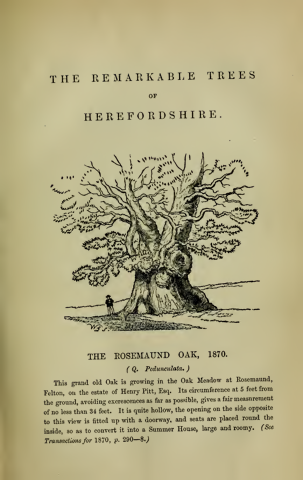


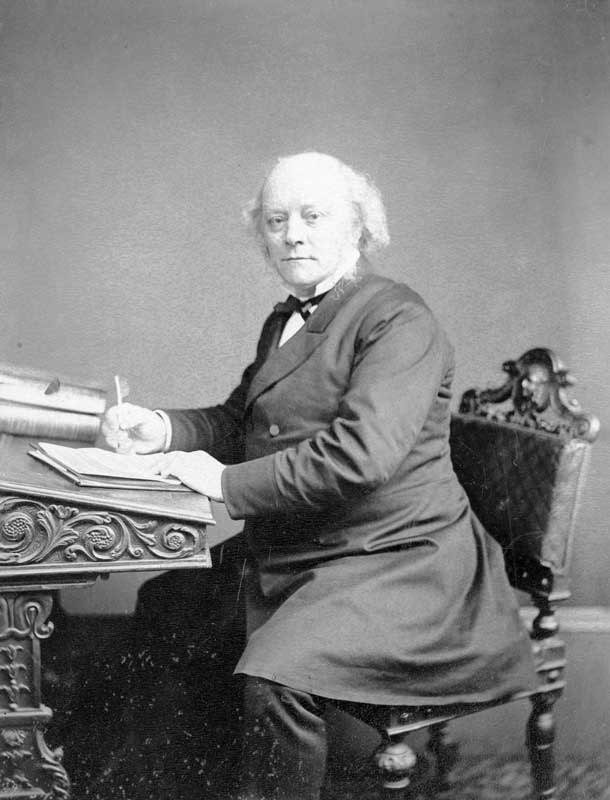 l the apple and pear varieties in years between 1876 and 1883)
l the apple and pear varieties in years between 1876 and 1883)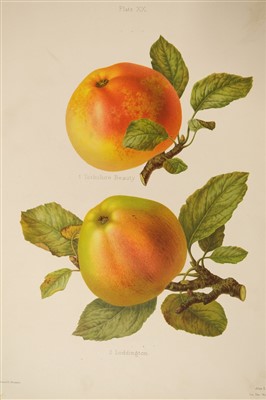

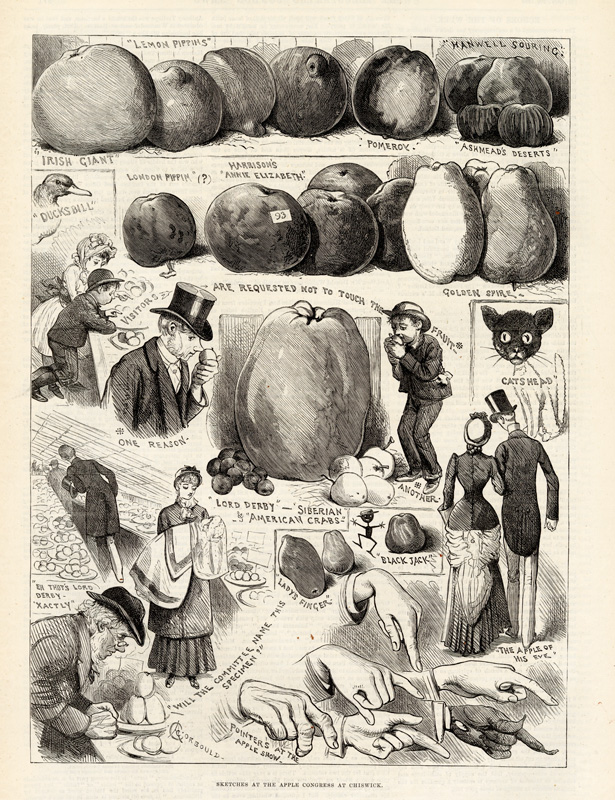
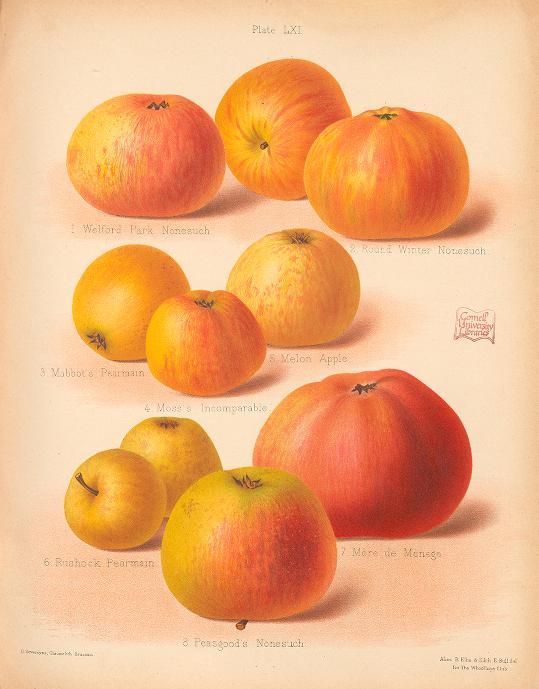
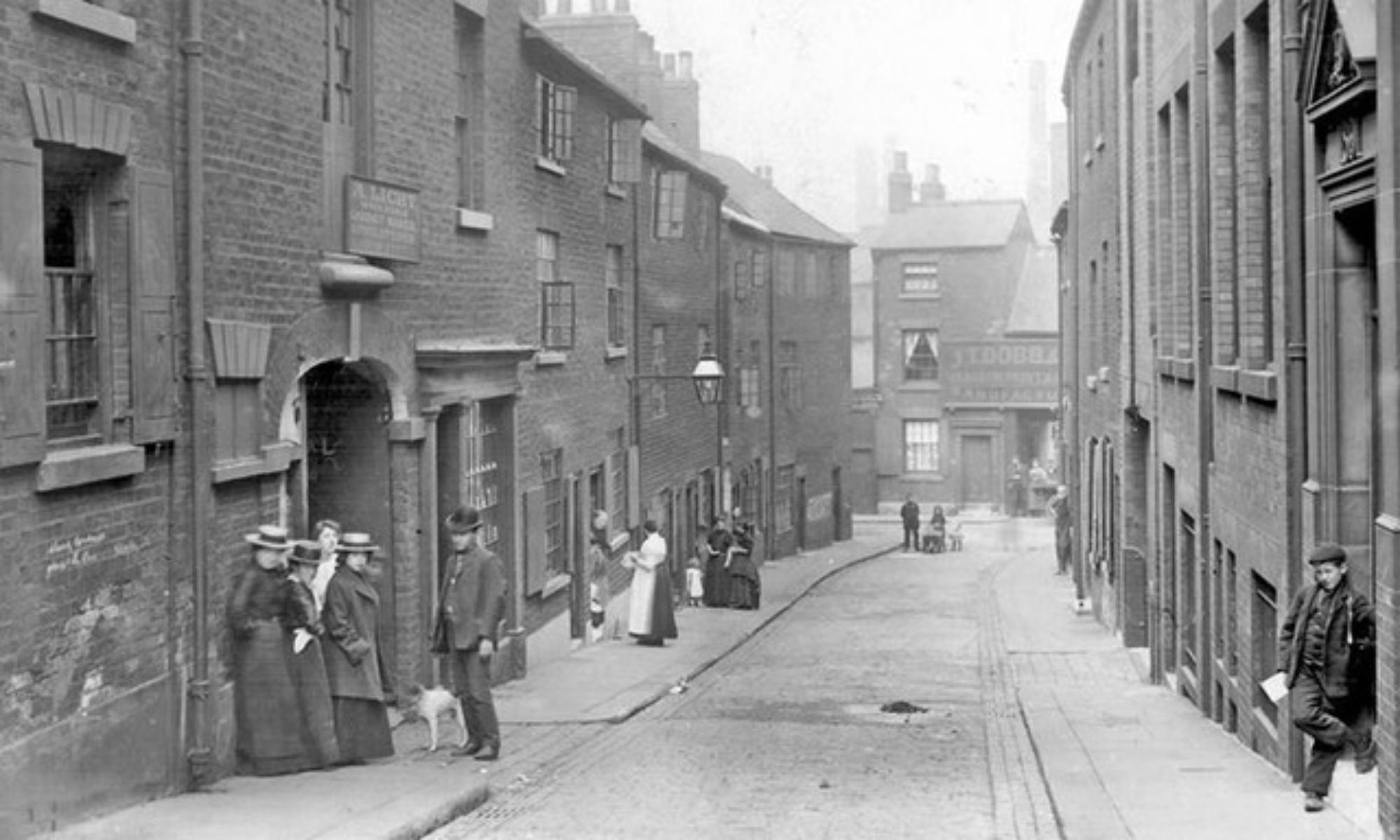
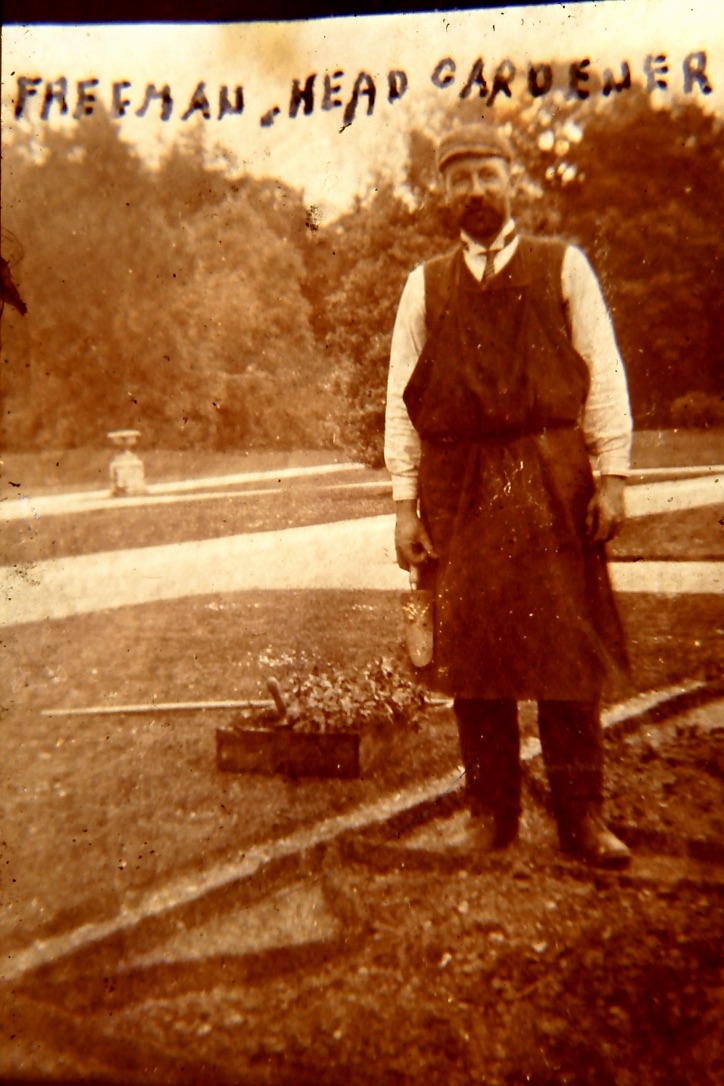


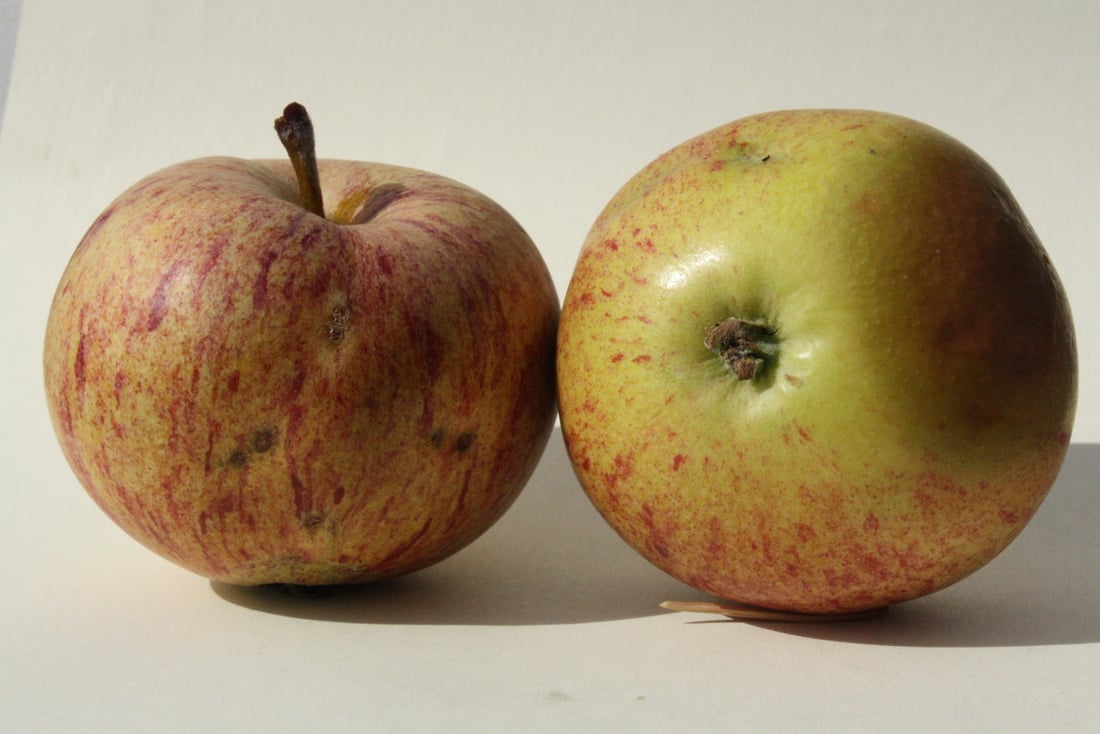

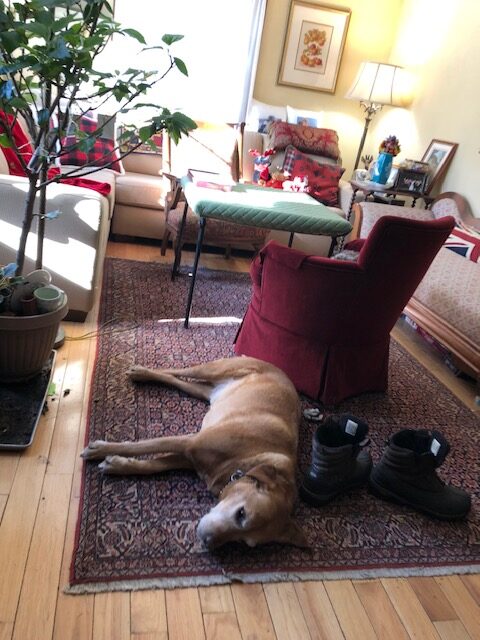
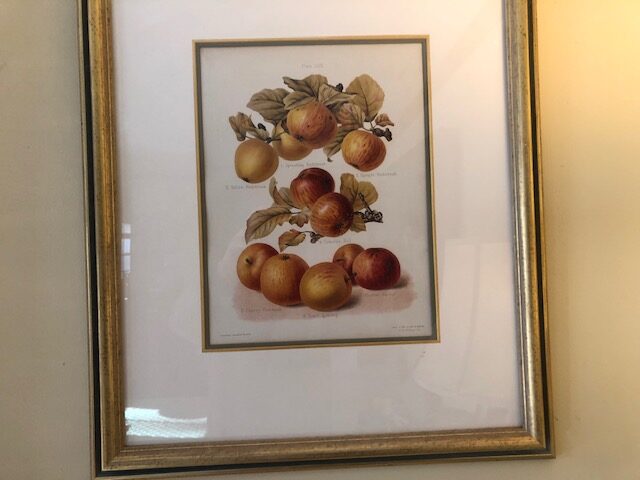
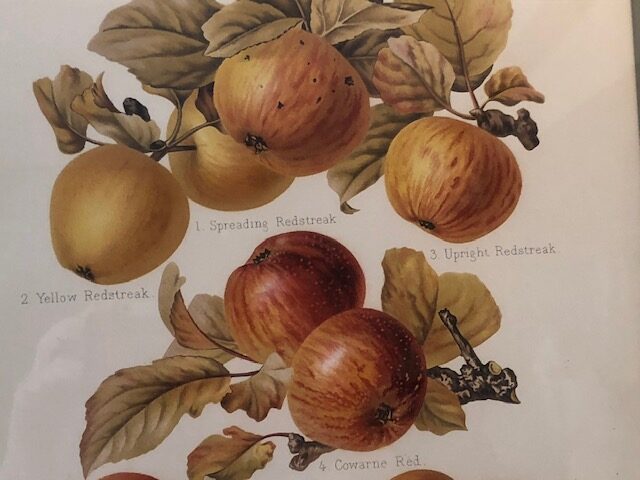
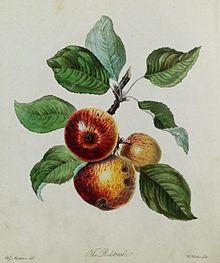
















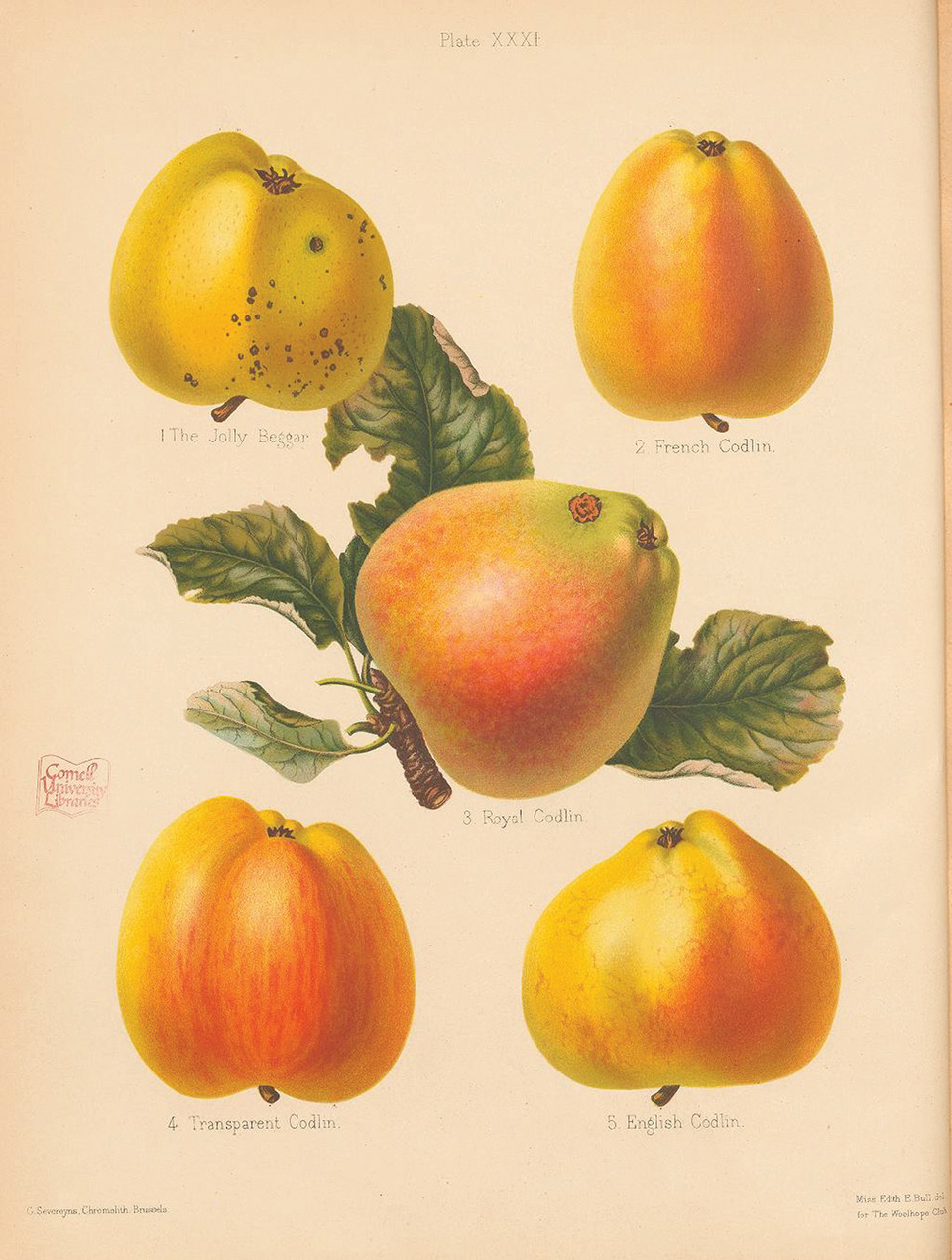
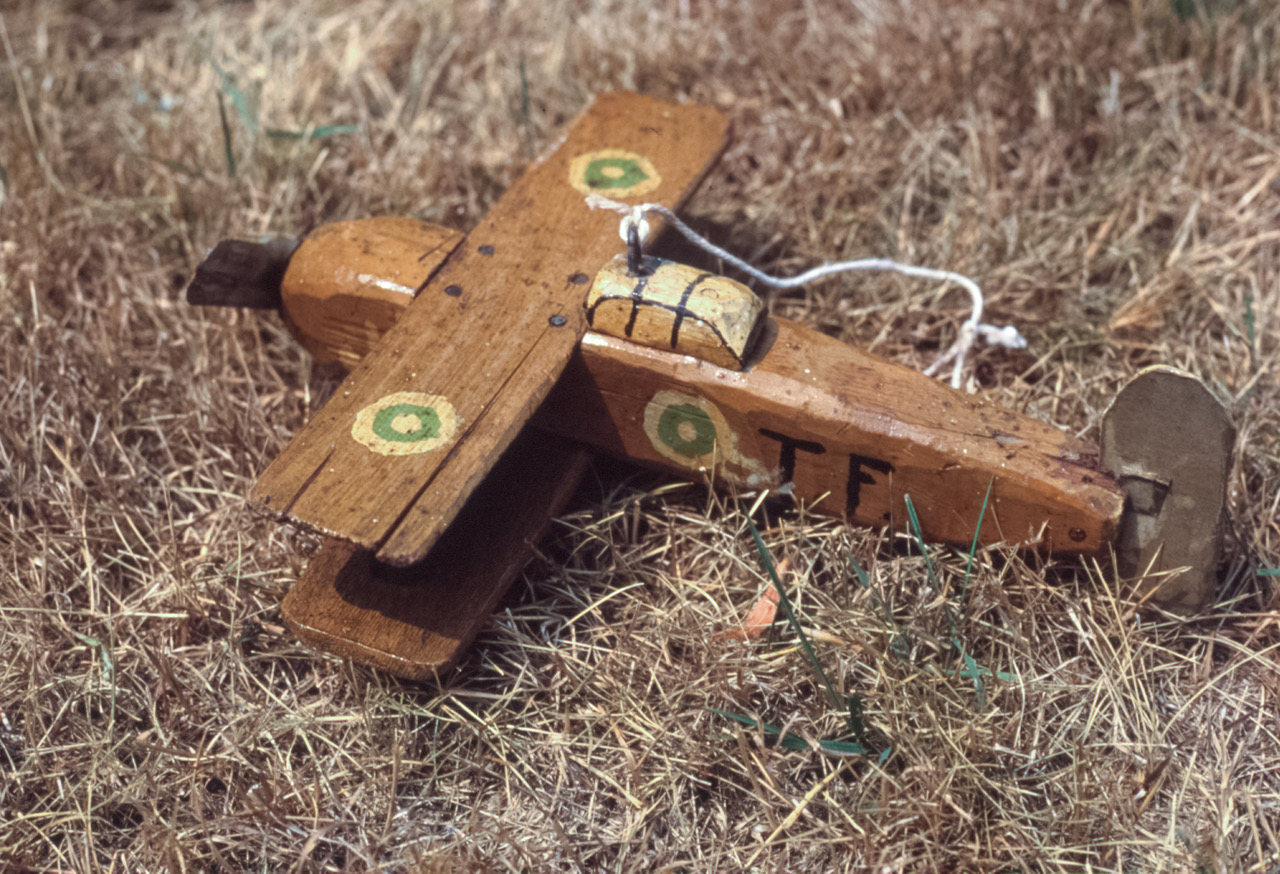


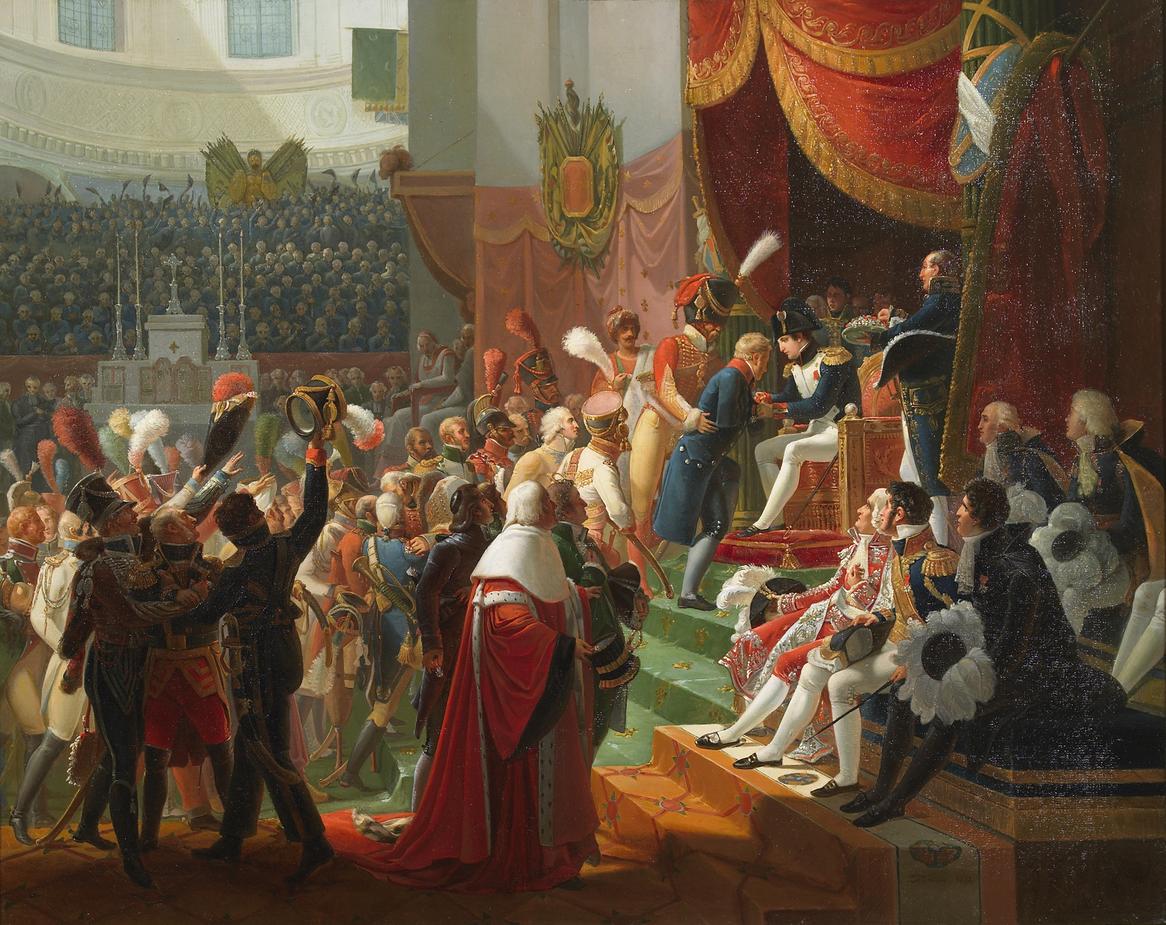


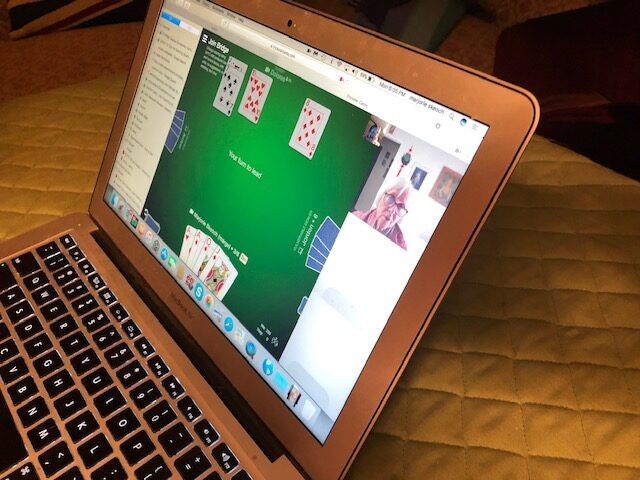

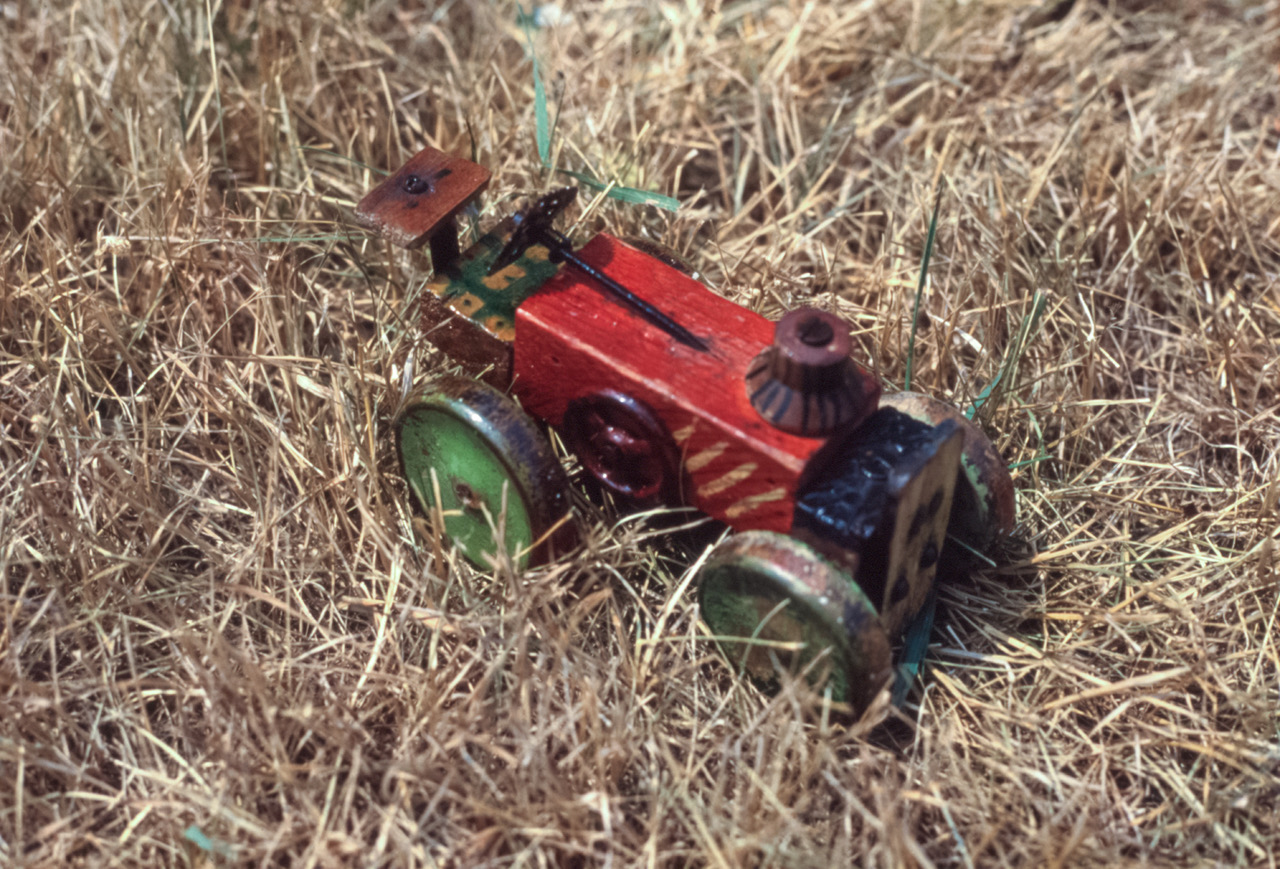


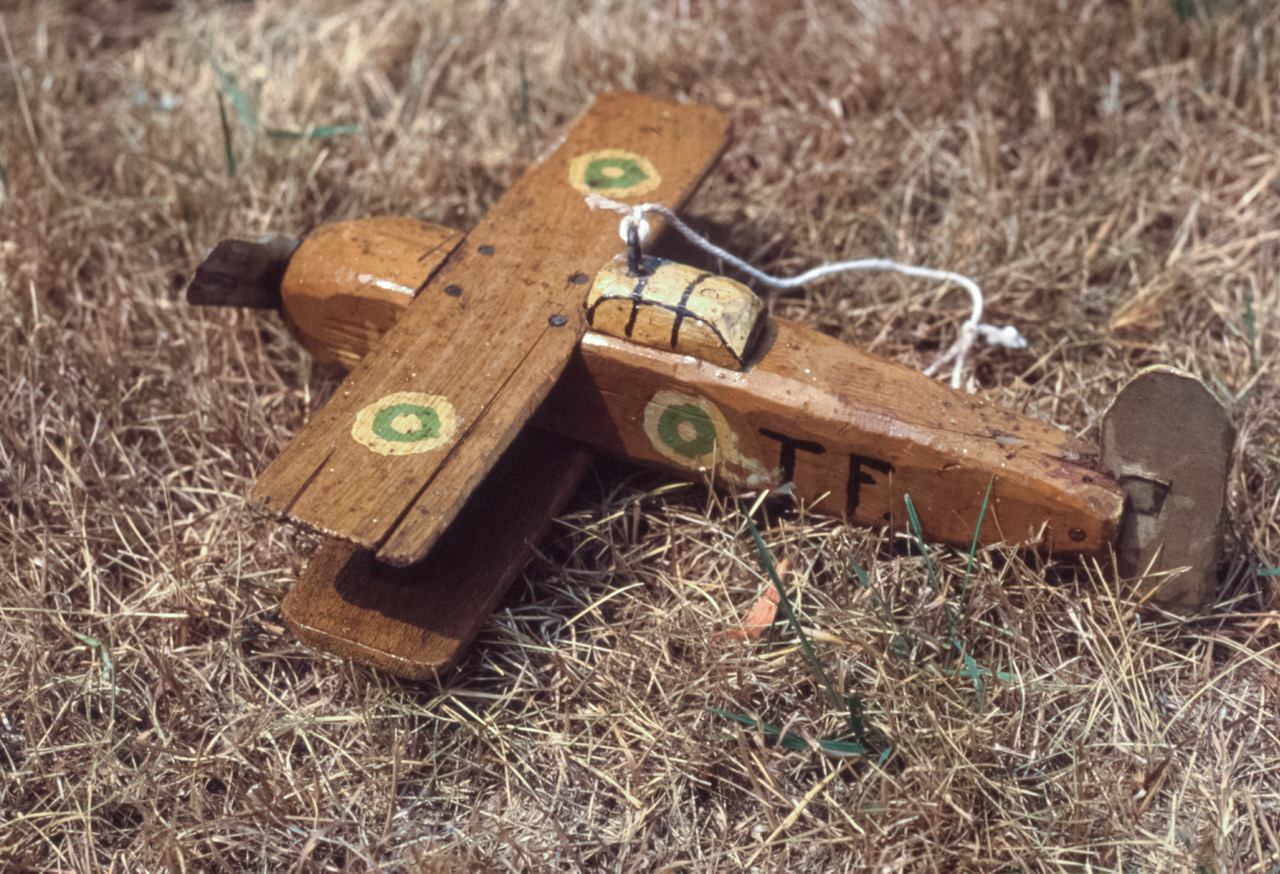
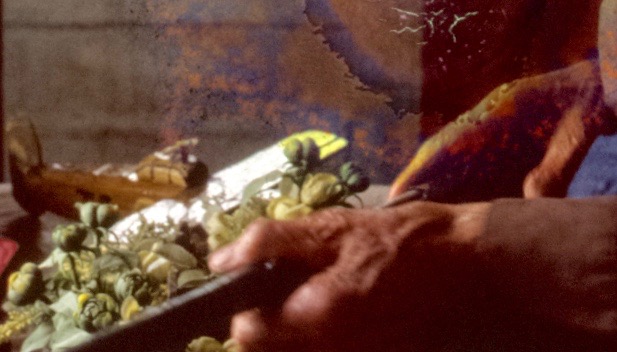
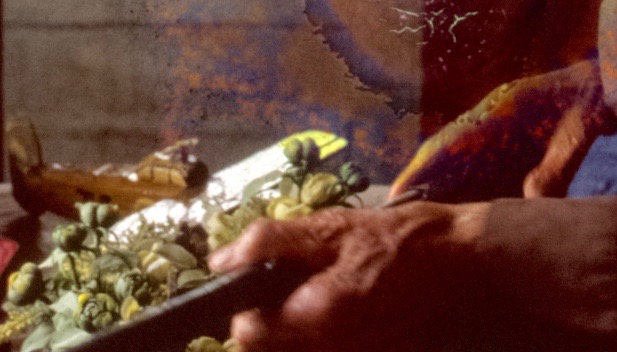
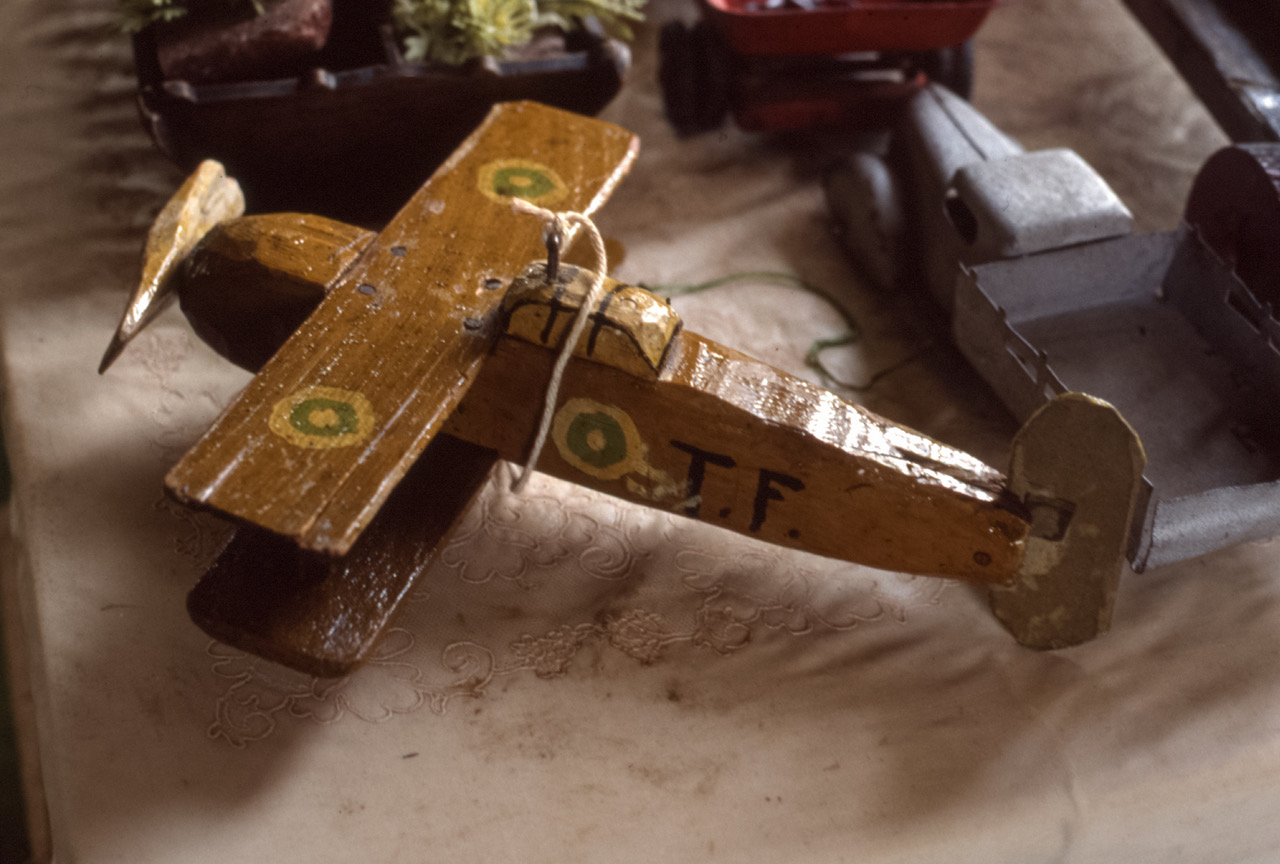
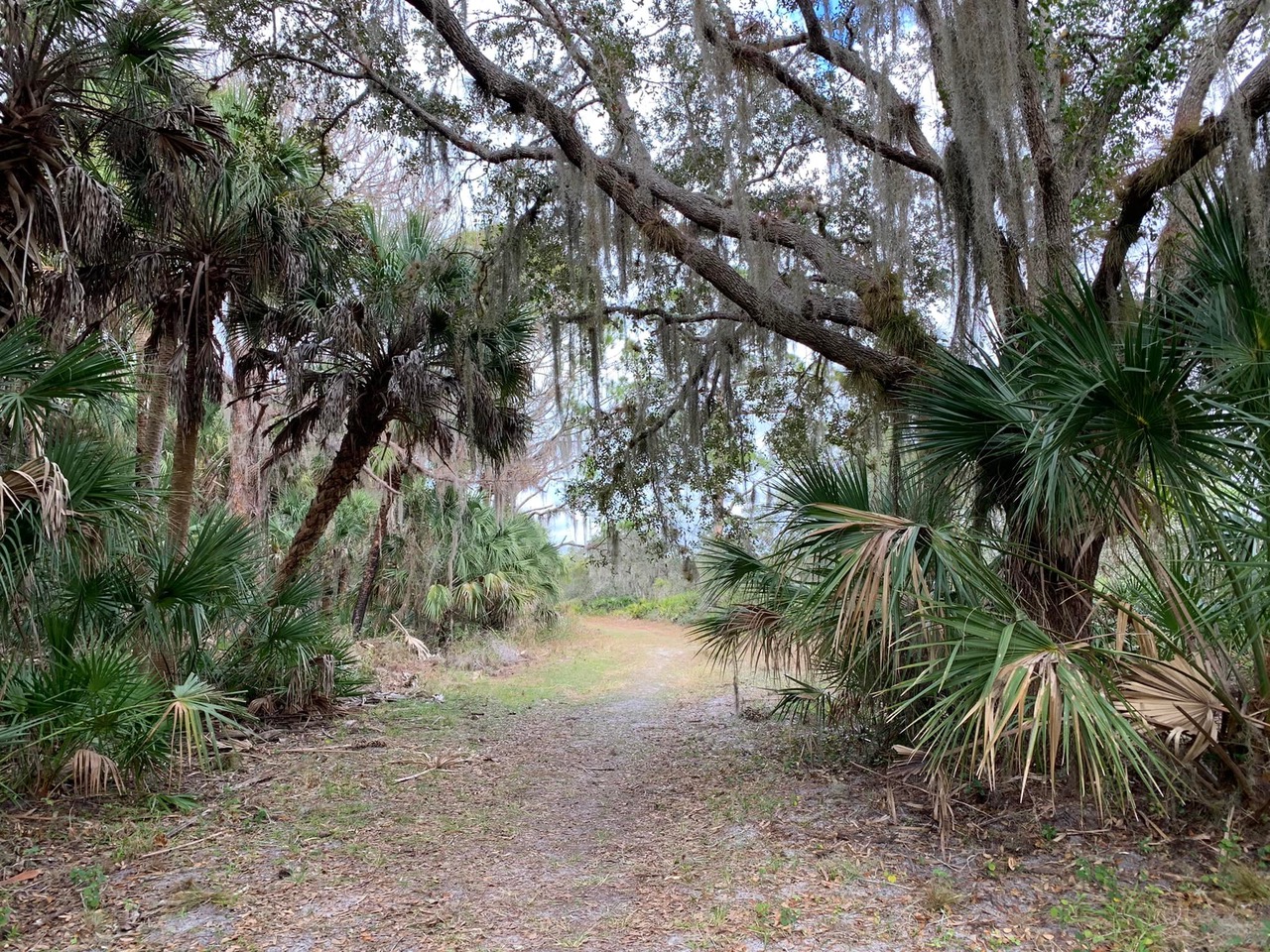
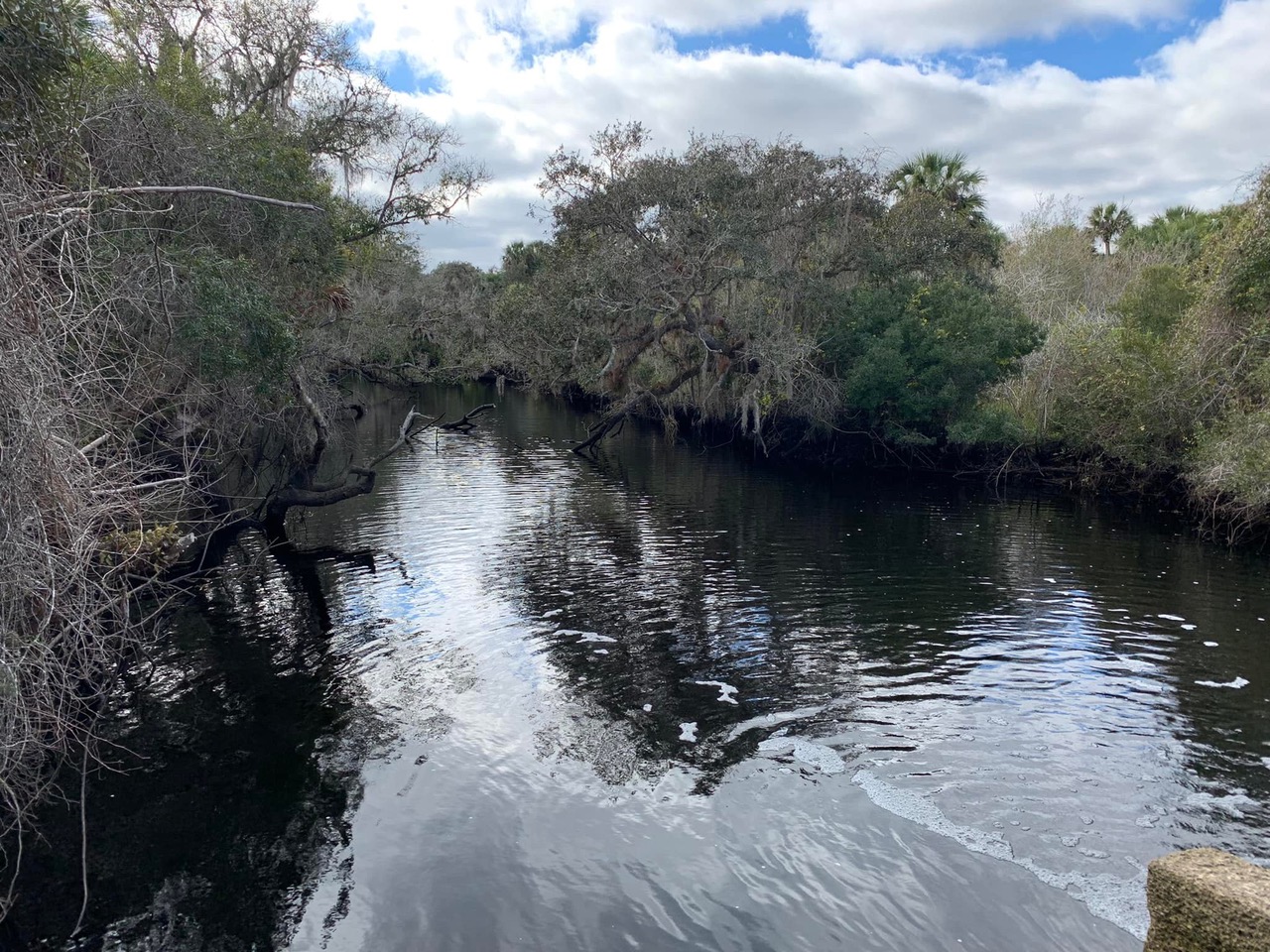
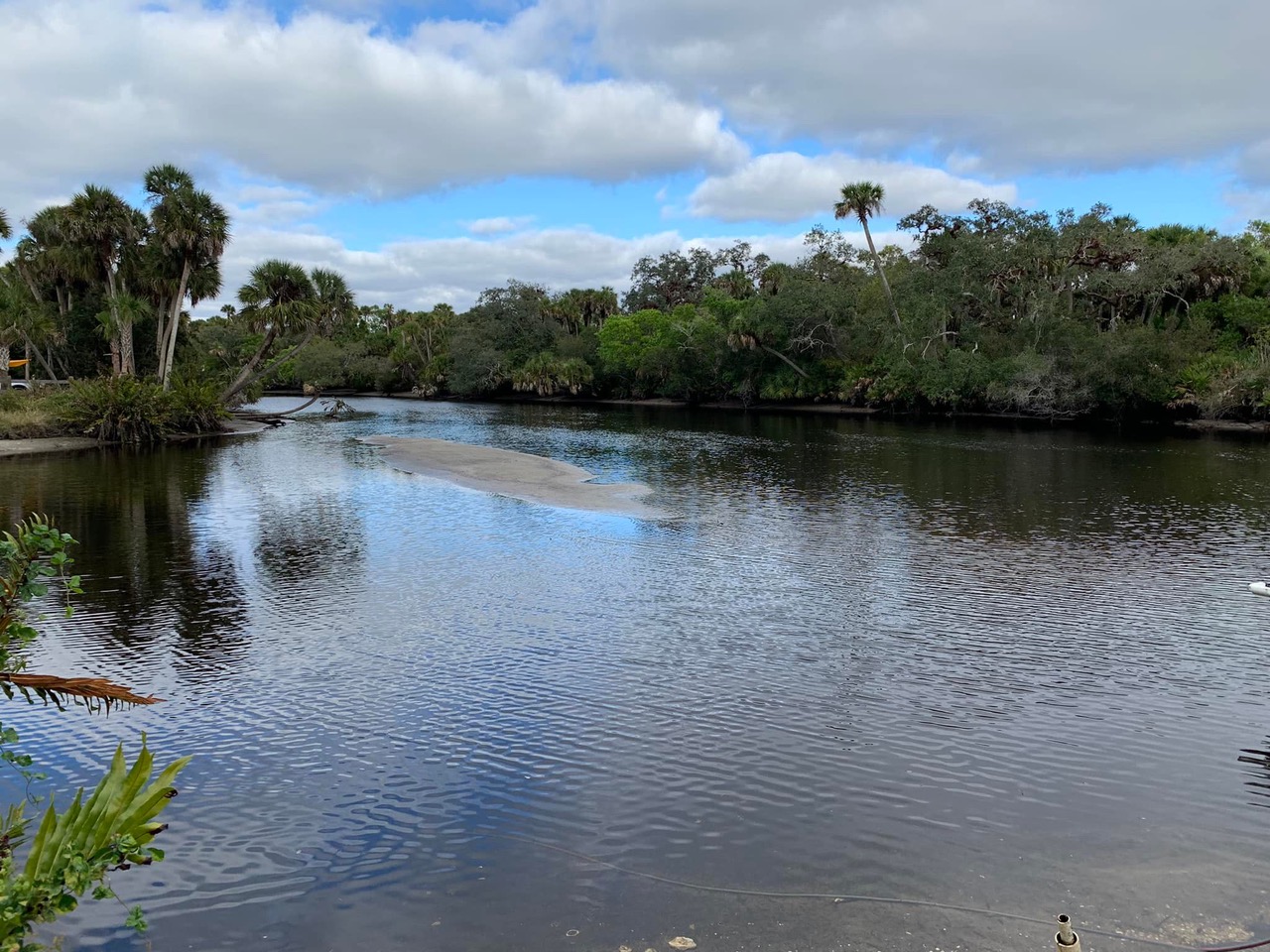


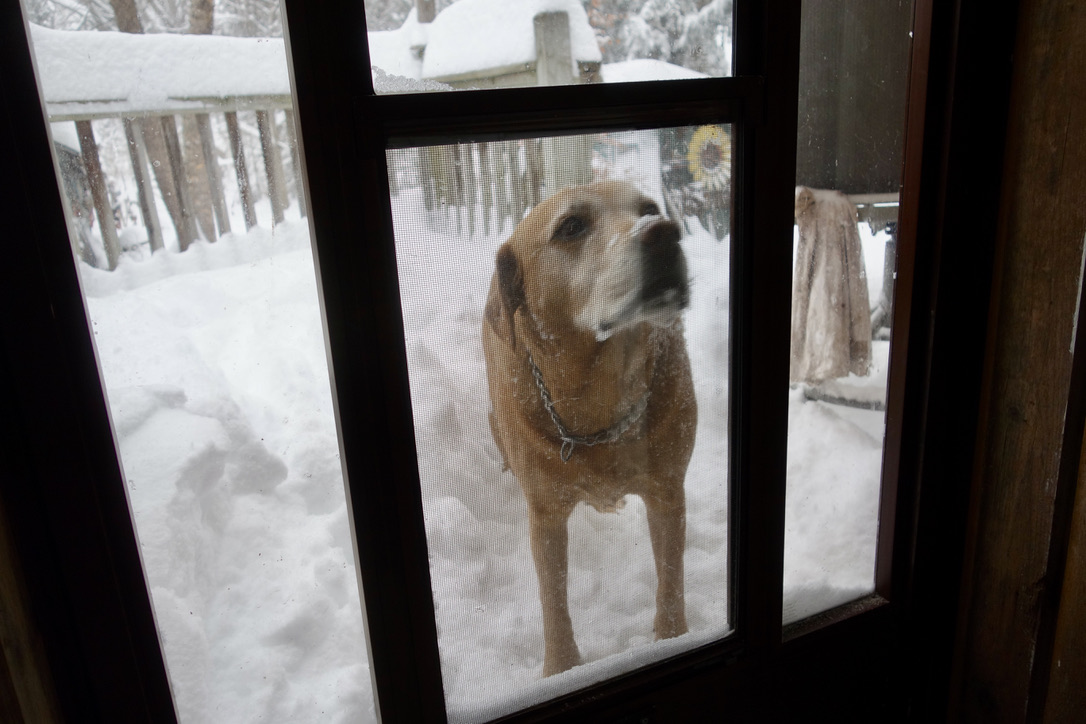

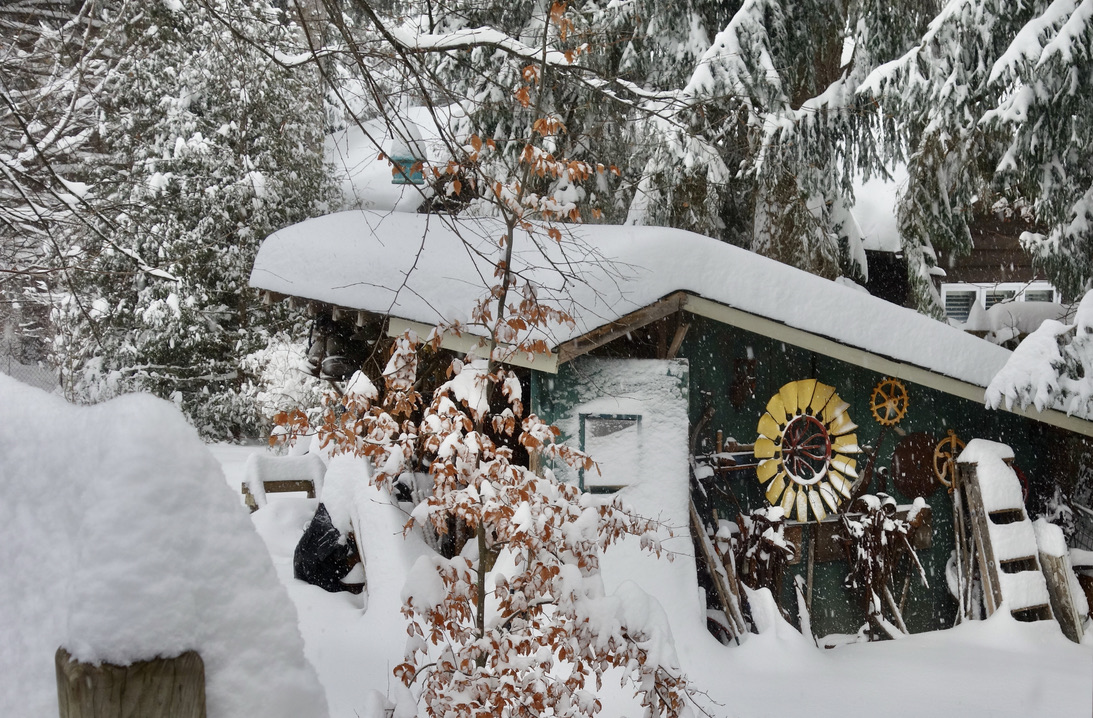


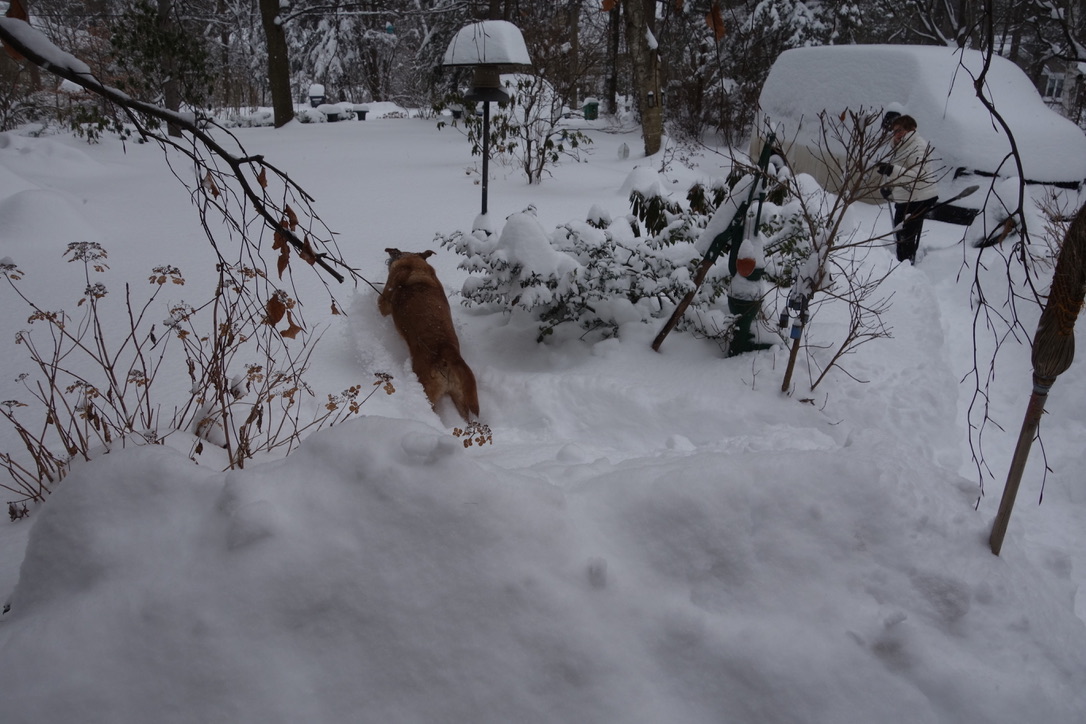
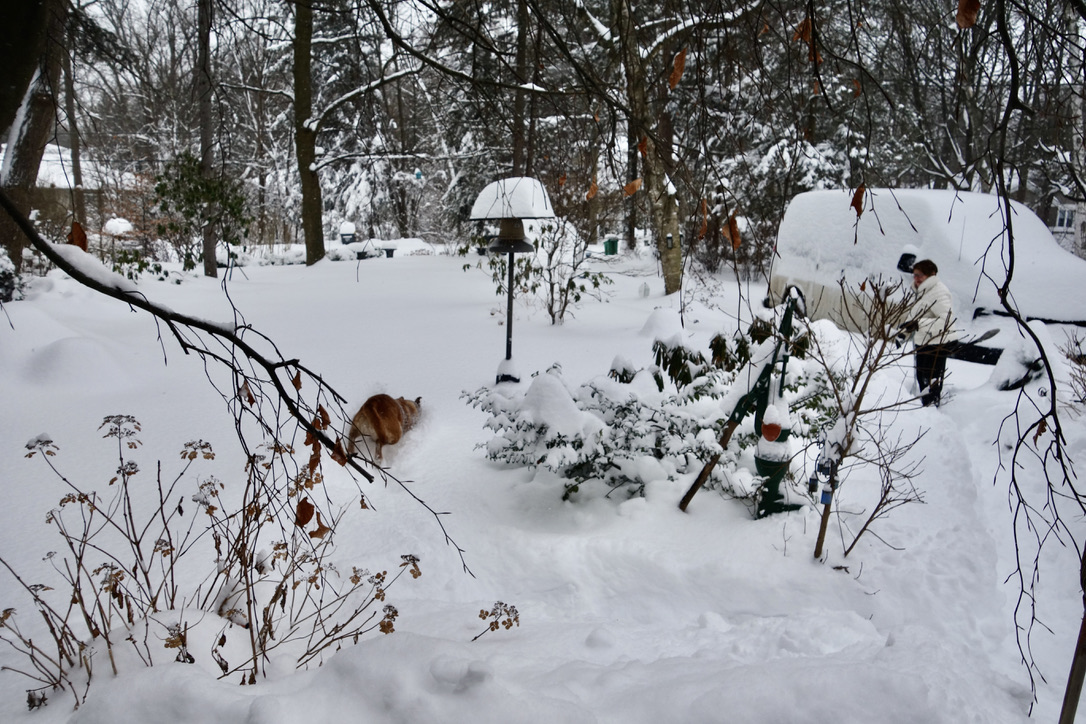

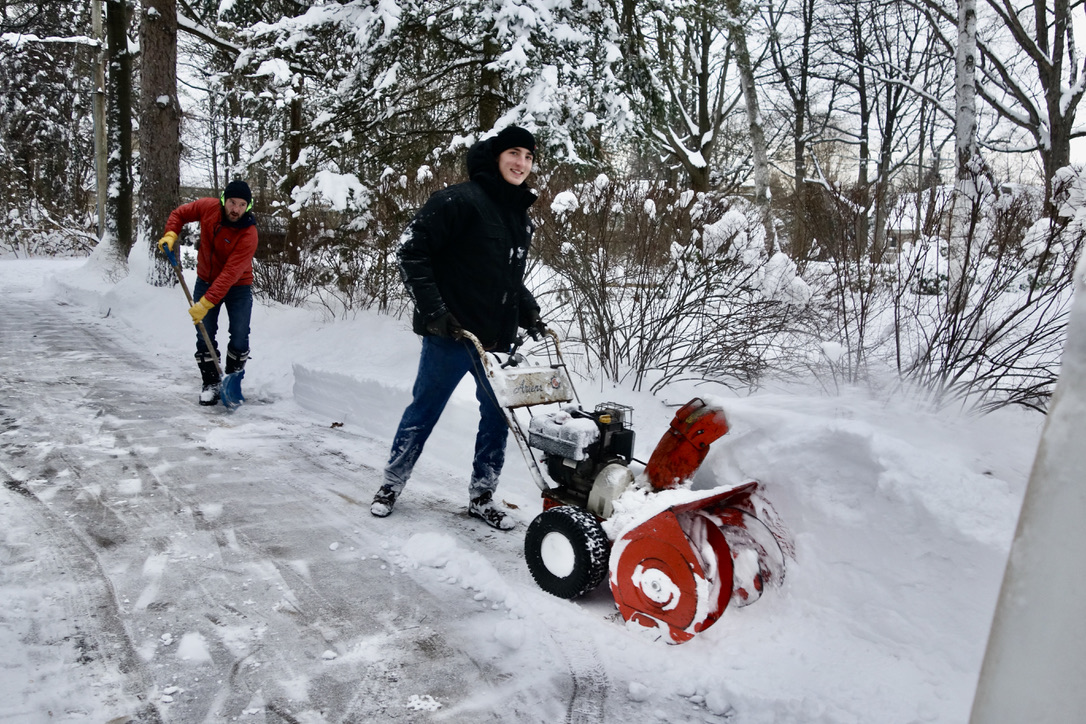


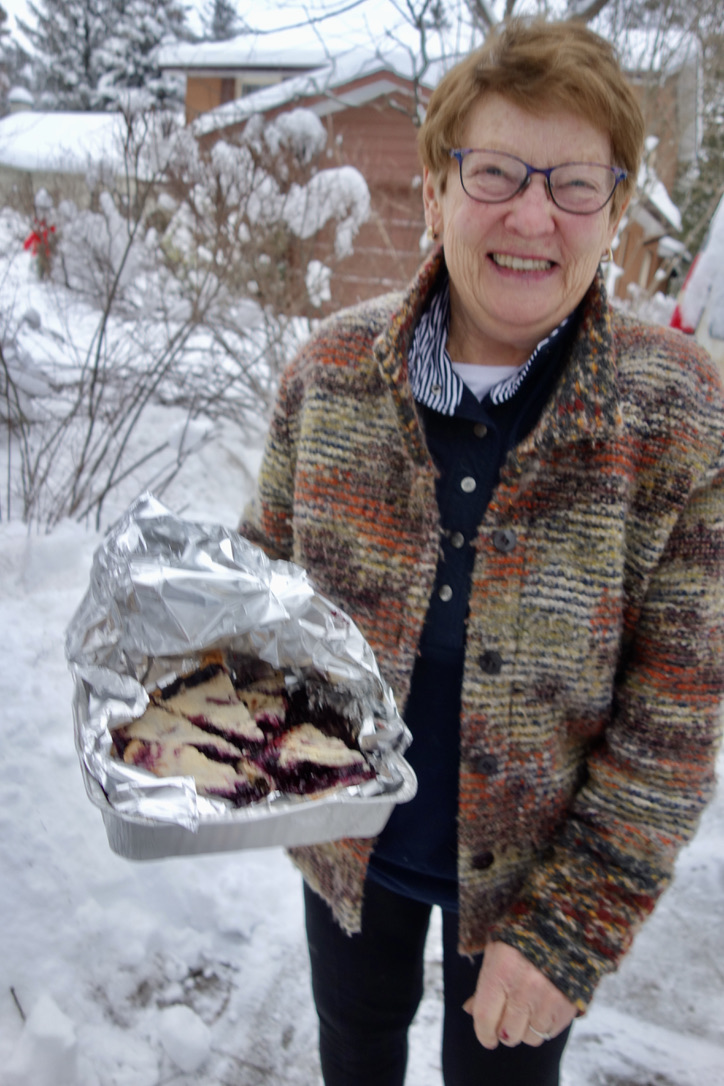

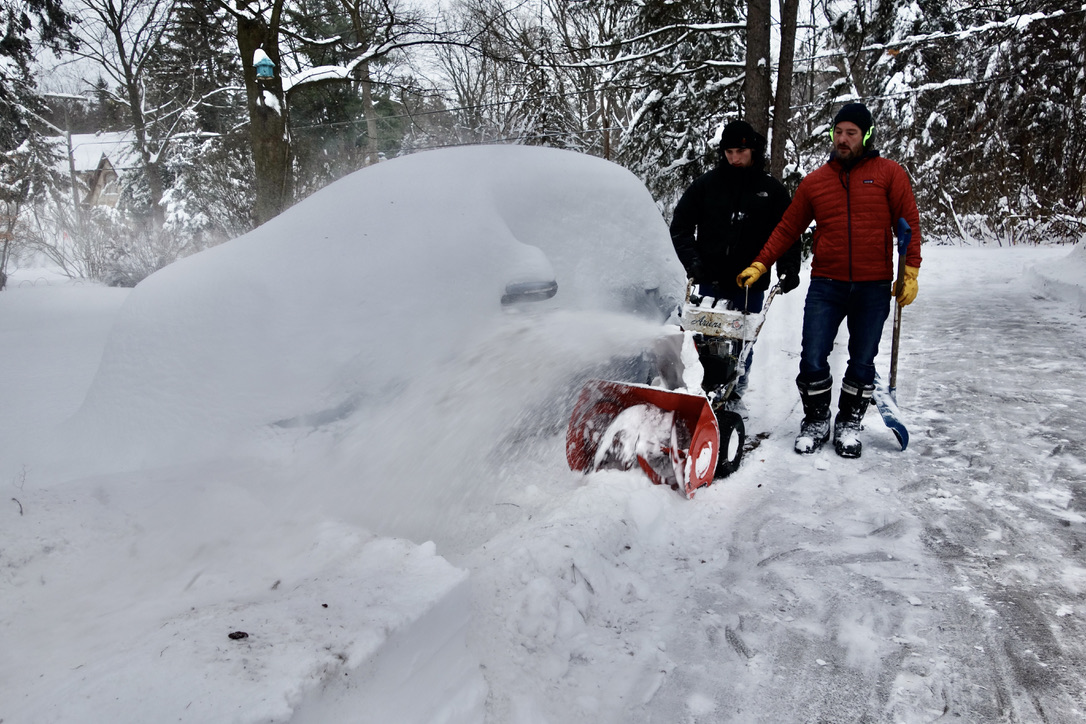



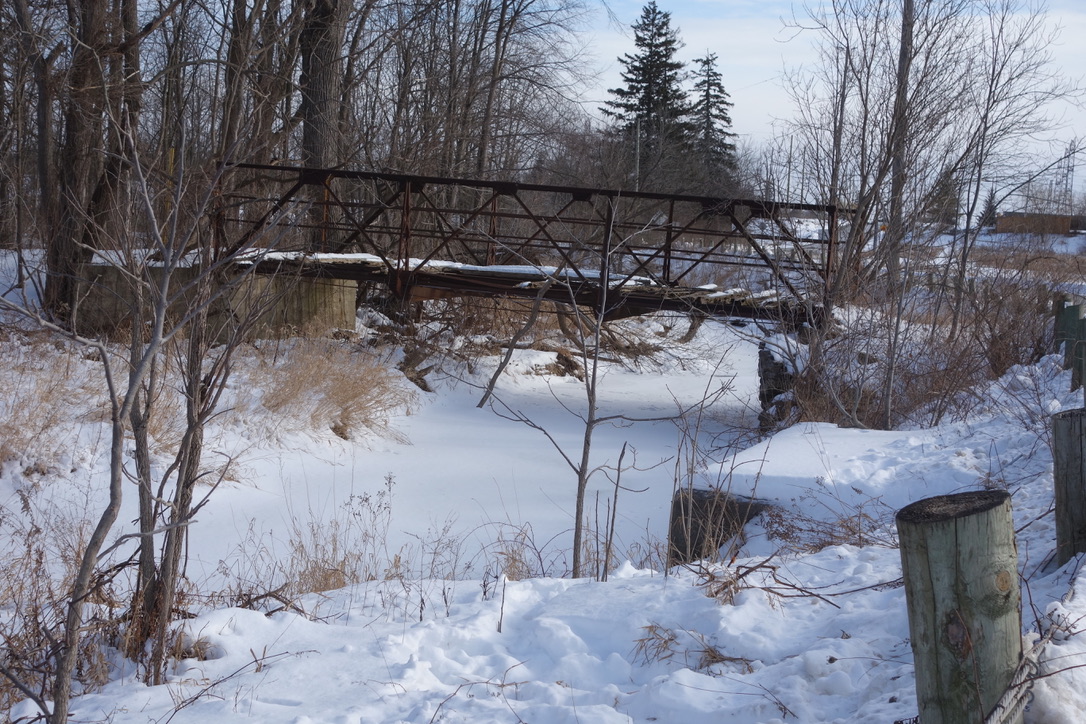
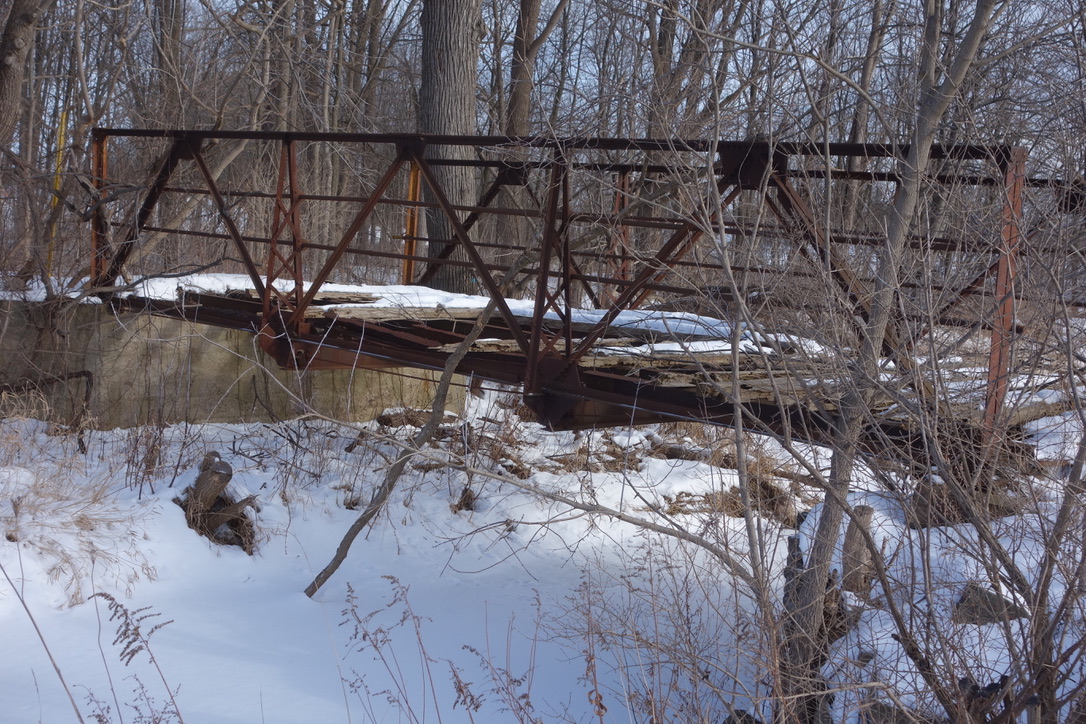
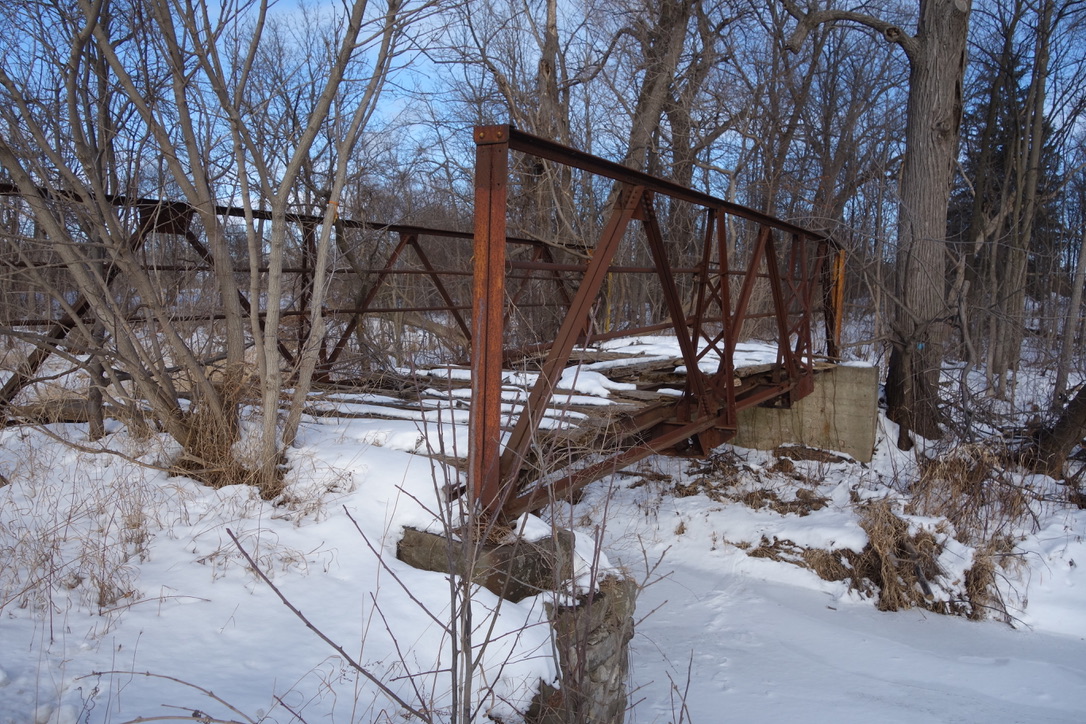
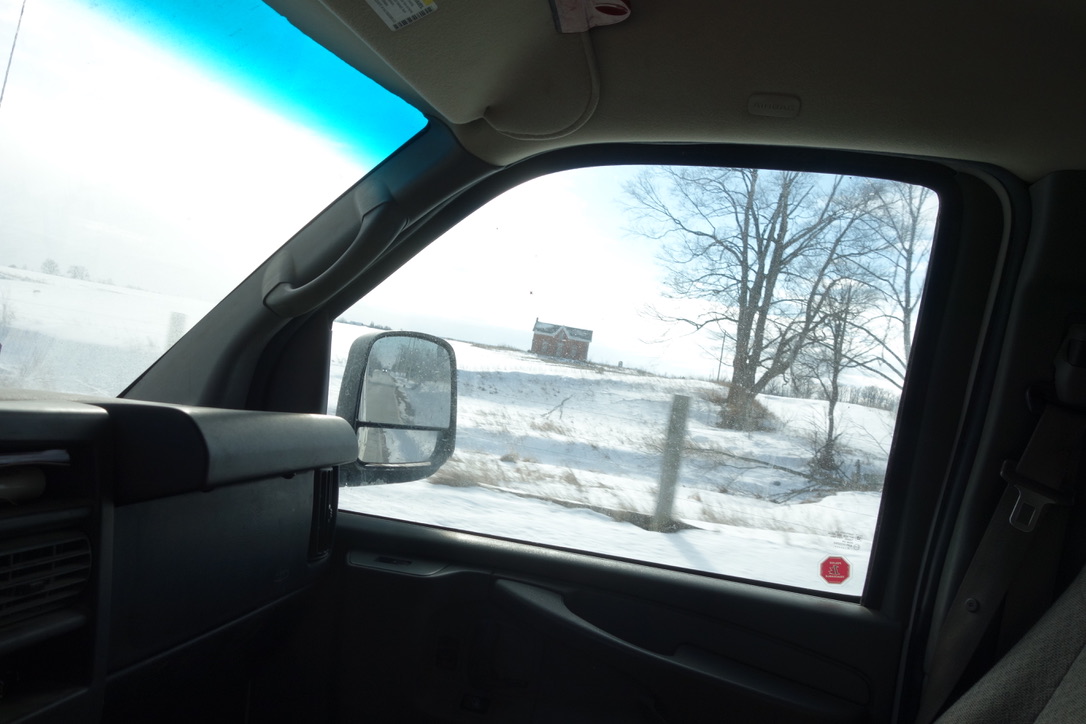













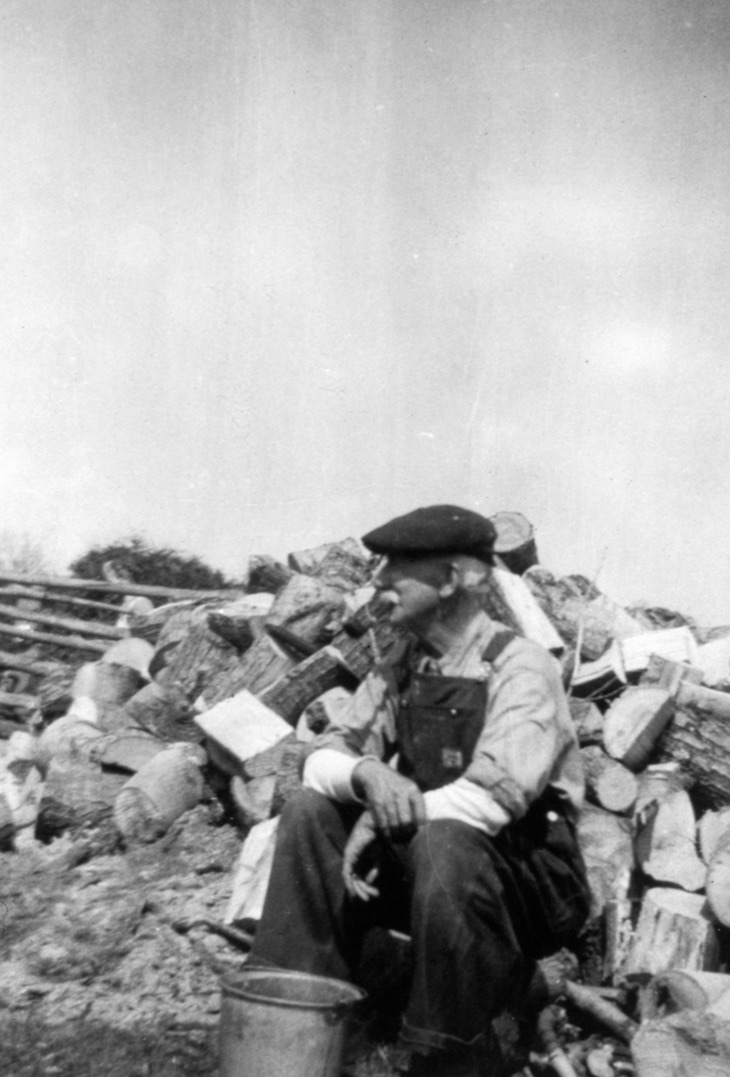
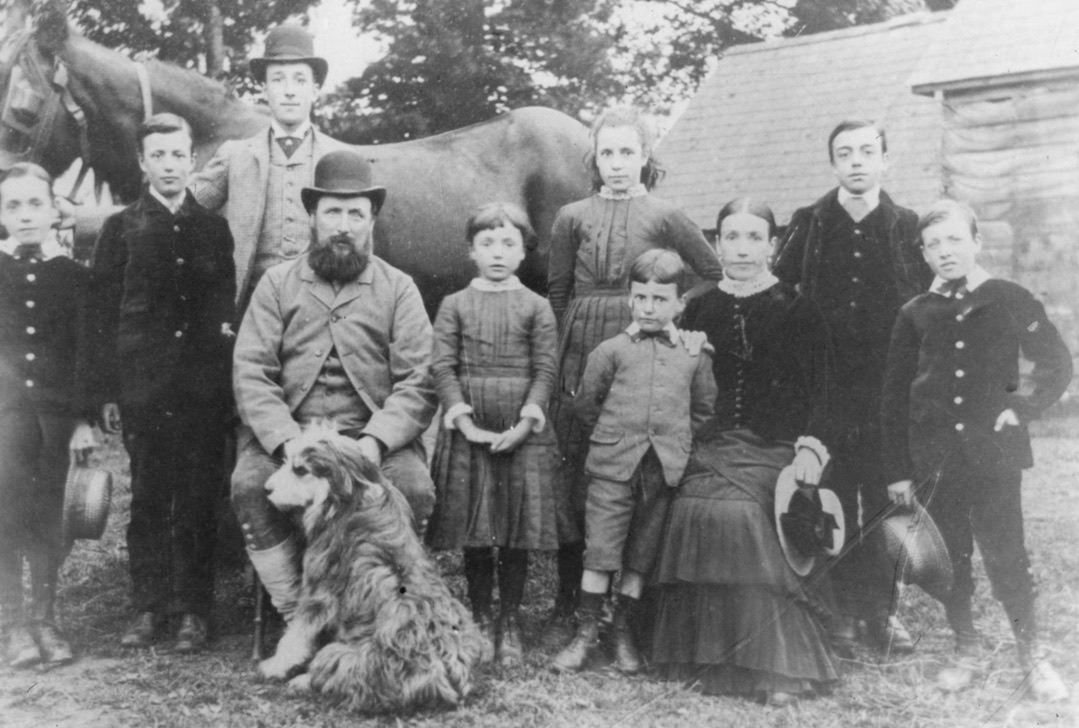
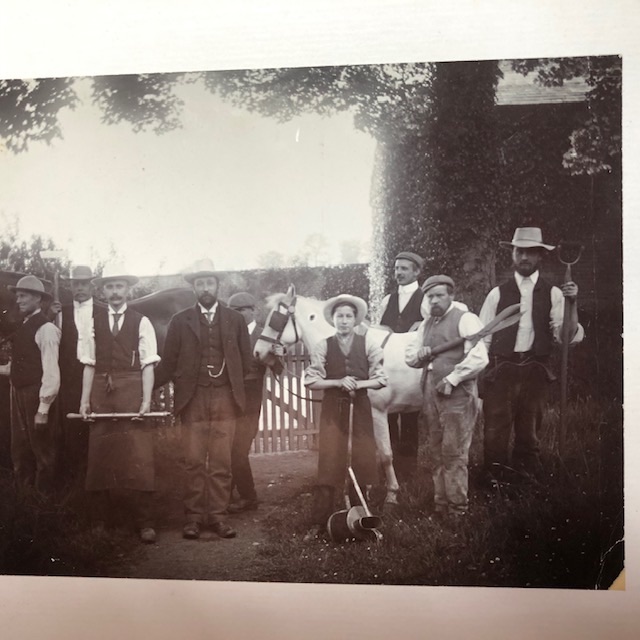




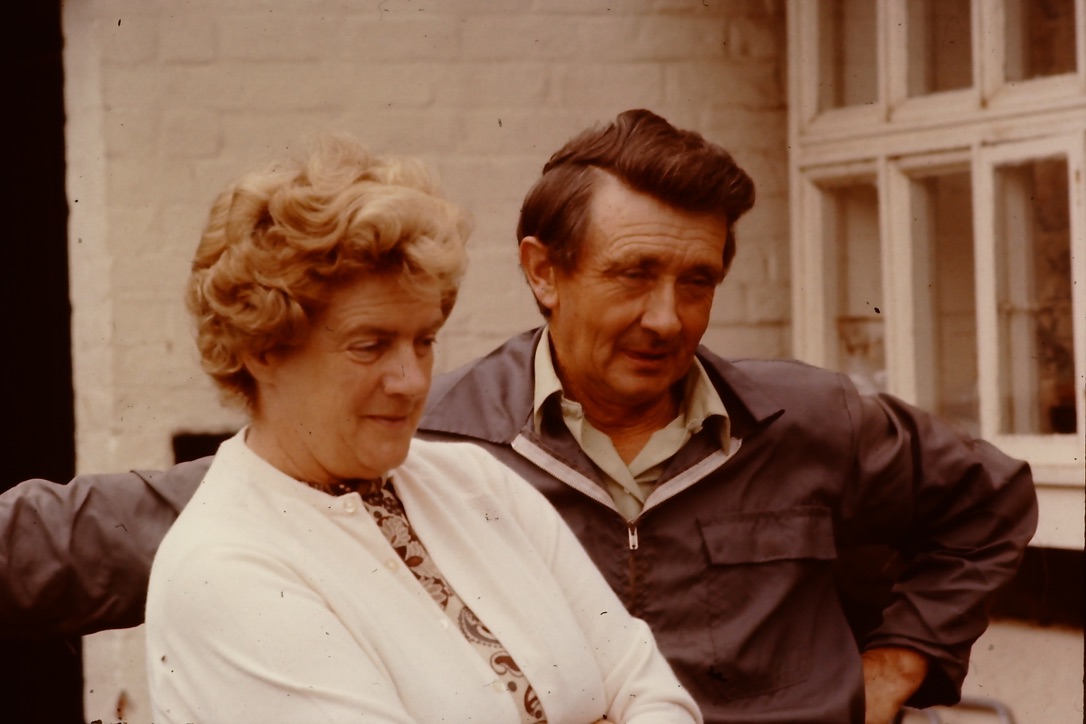

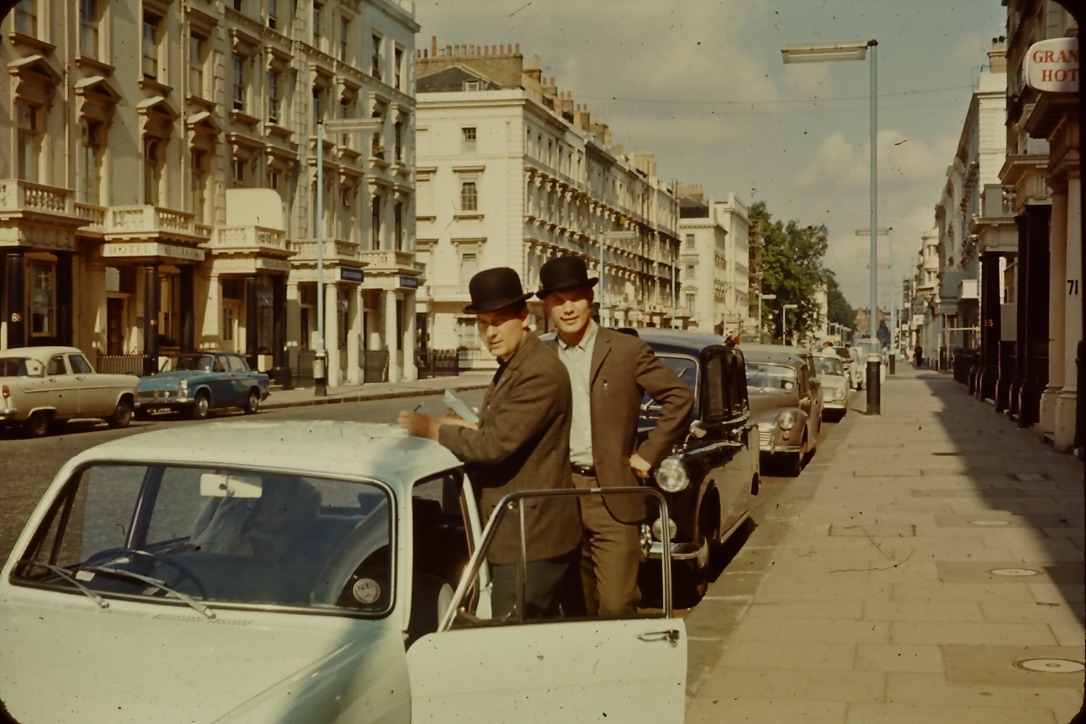


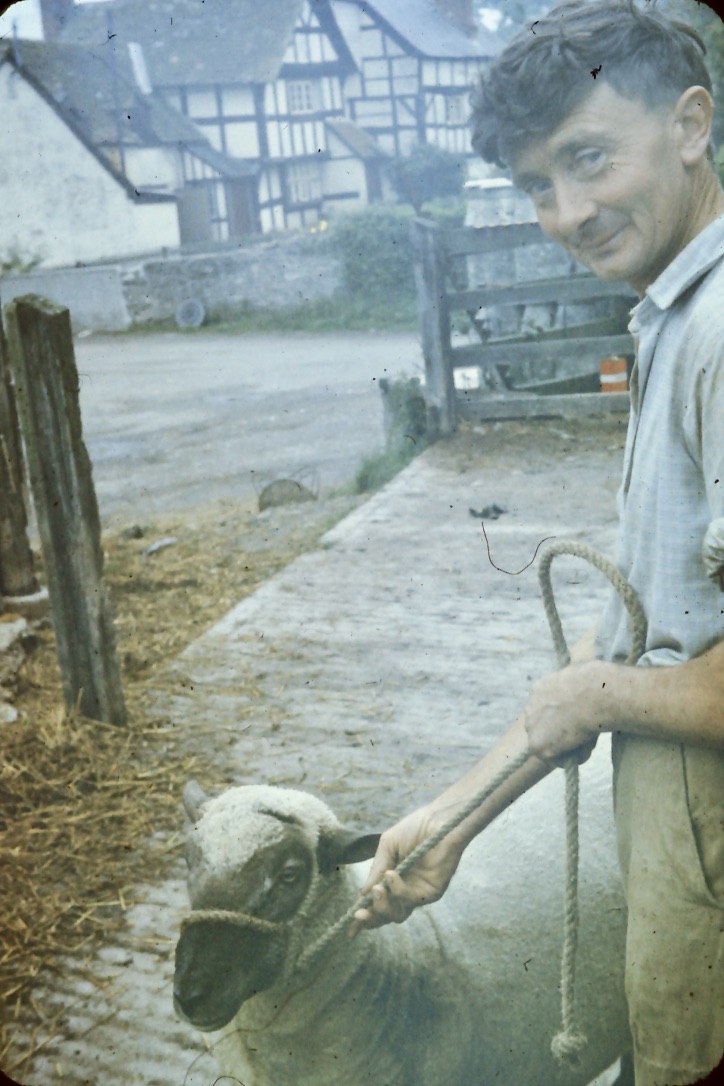
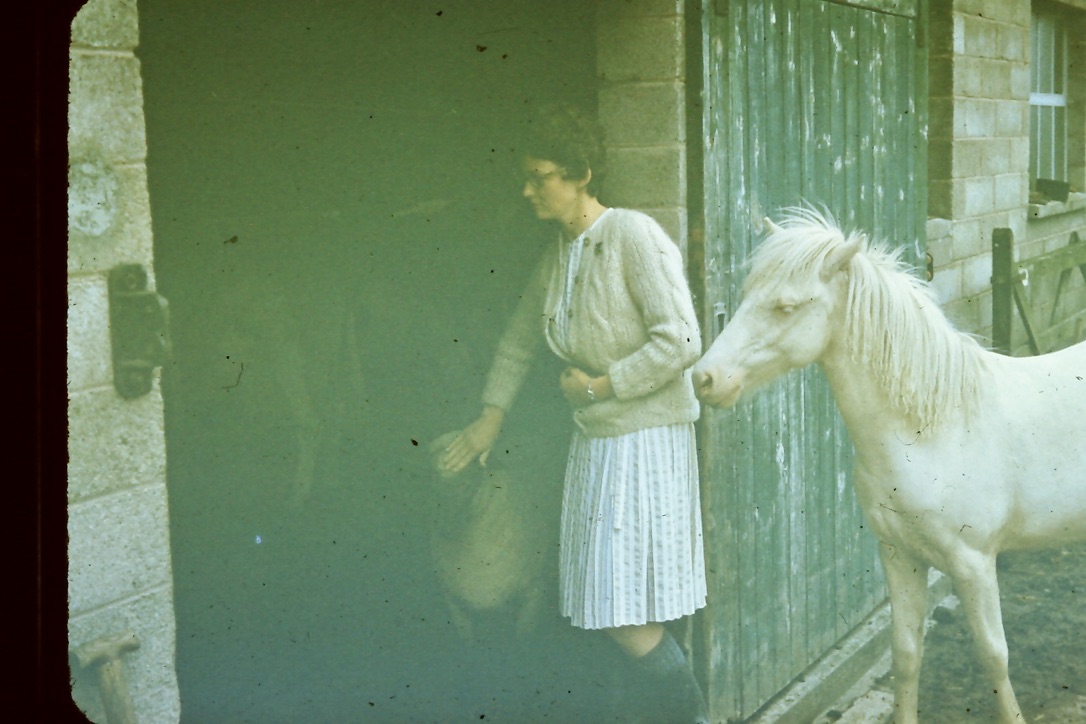
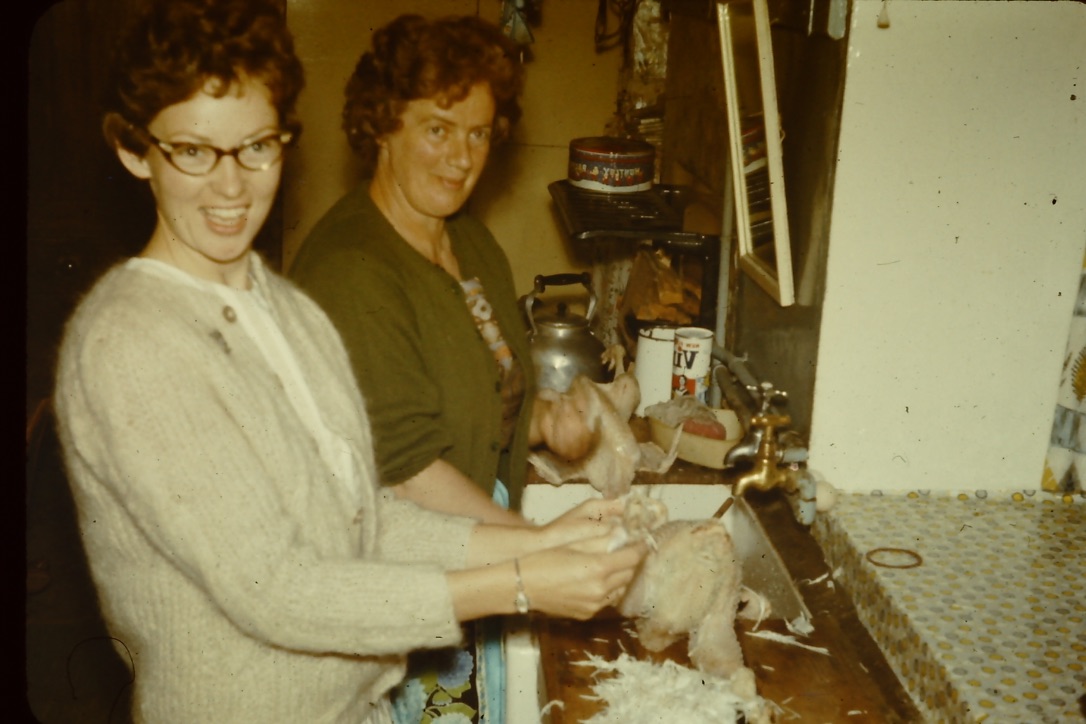
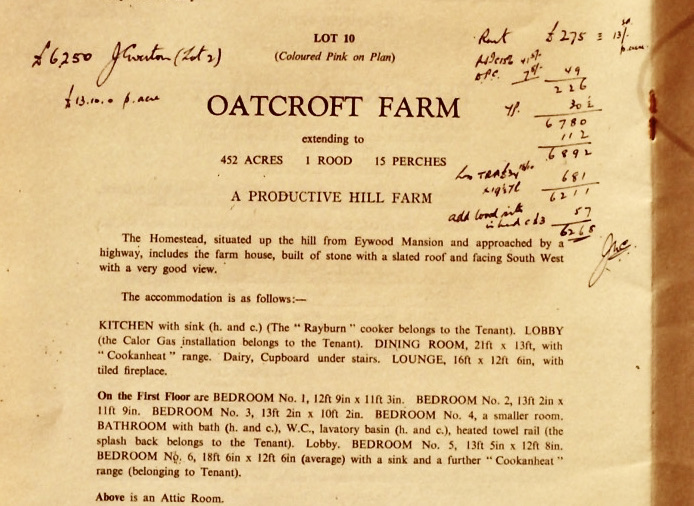
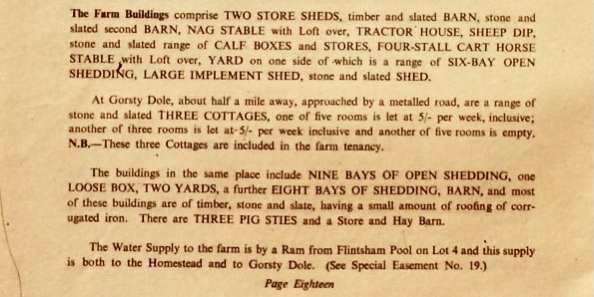
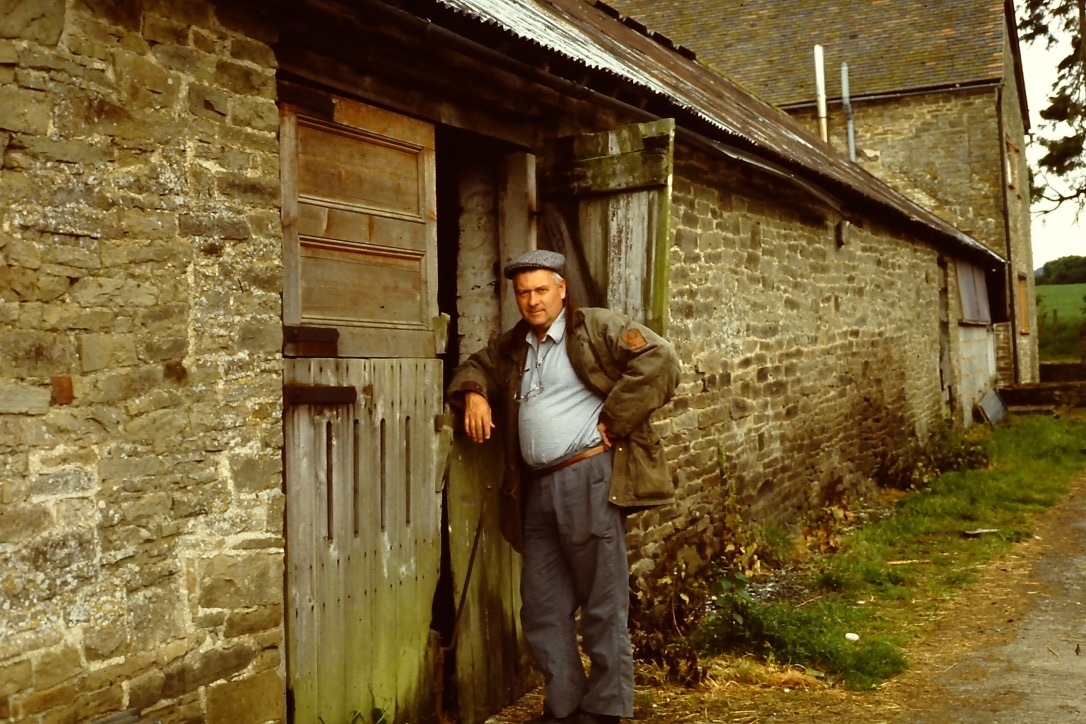


 \
\